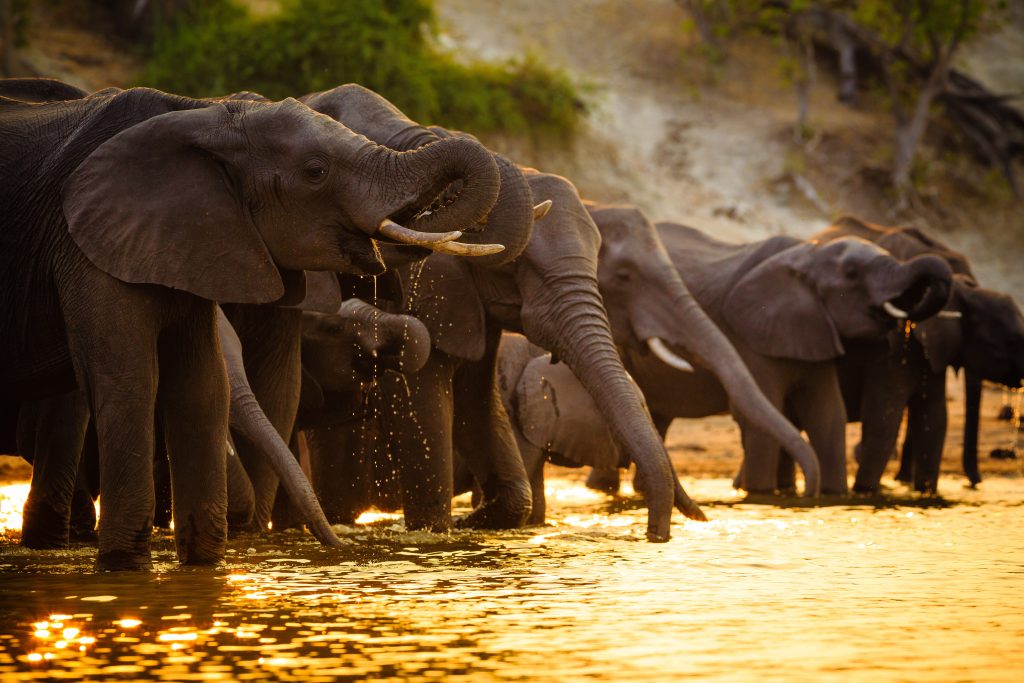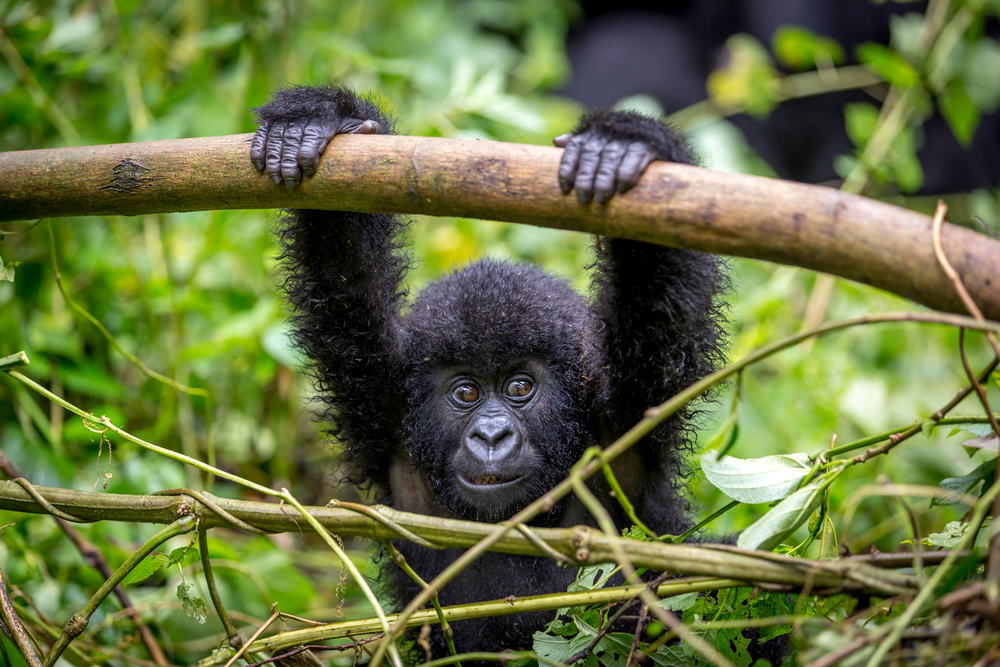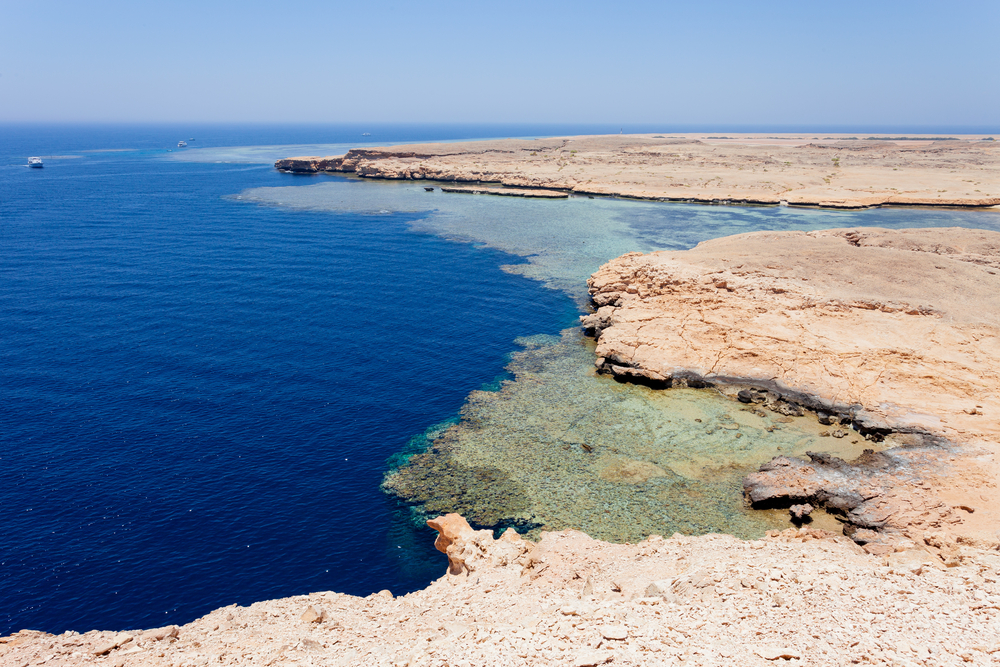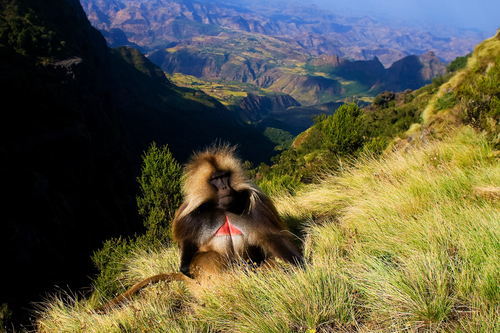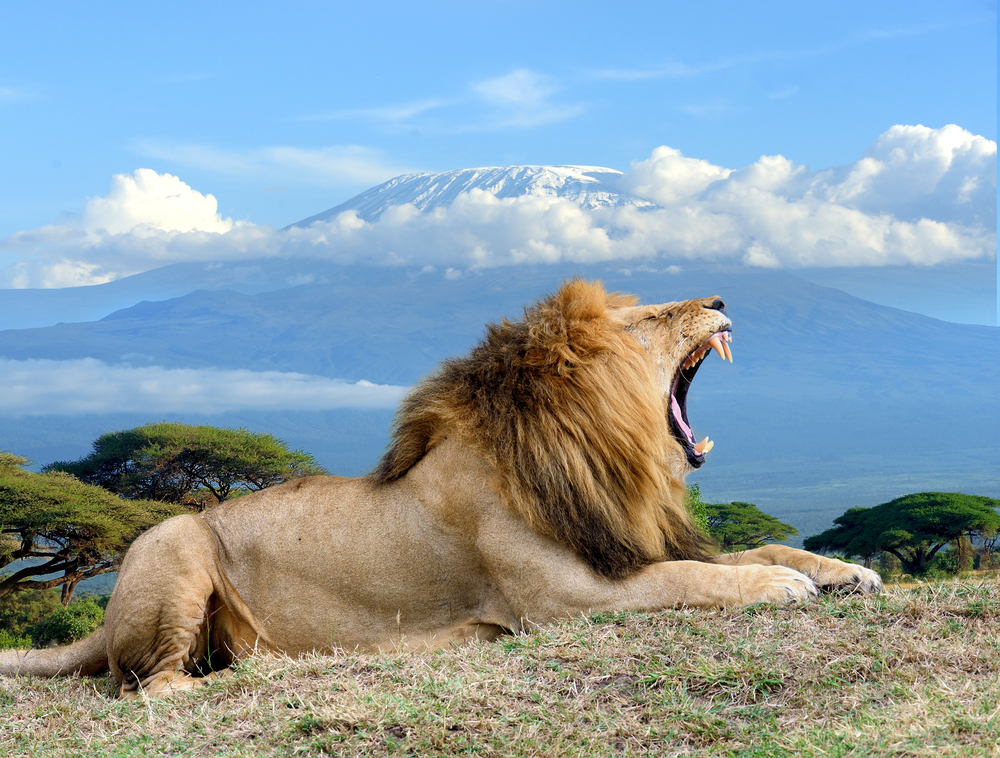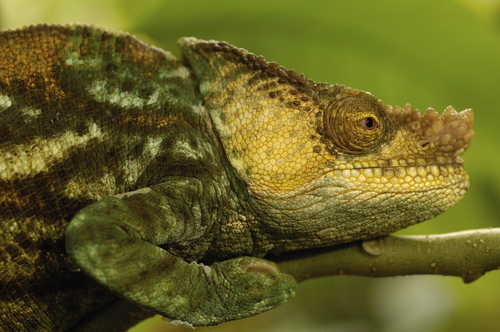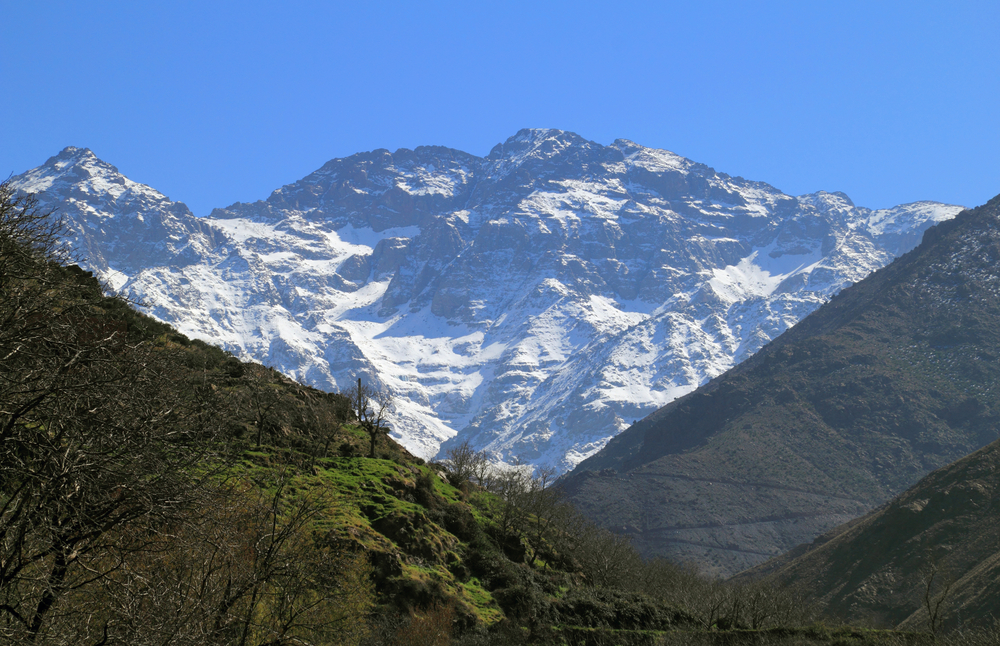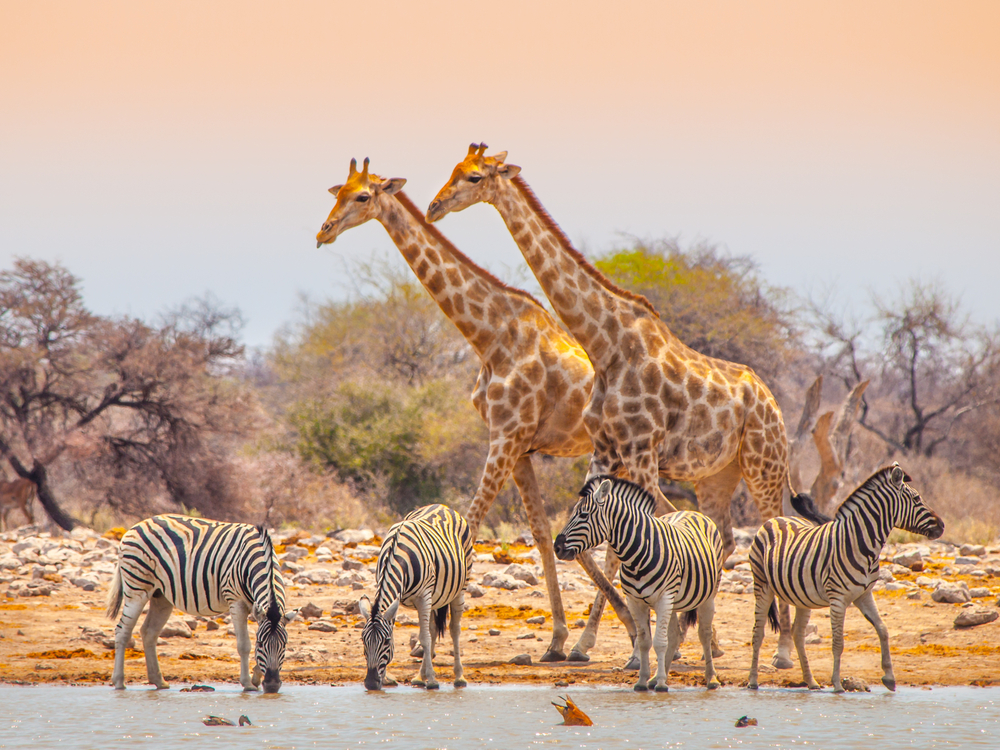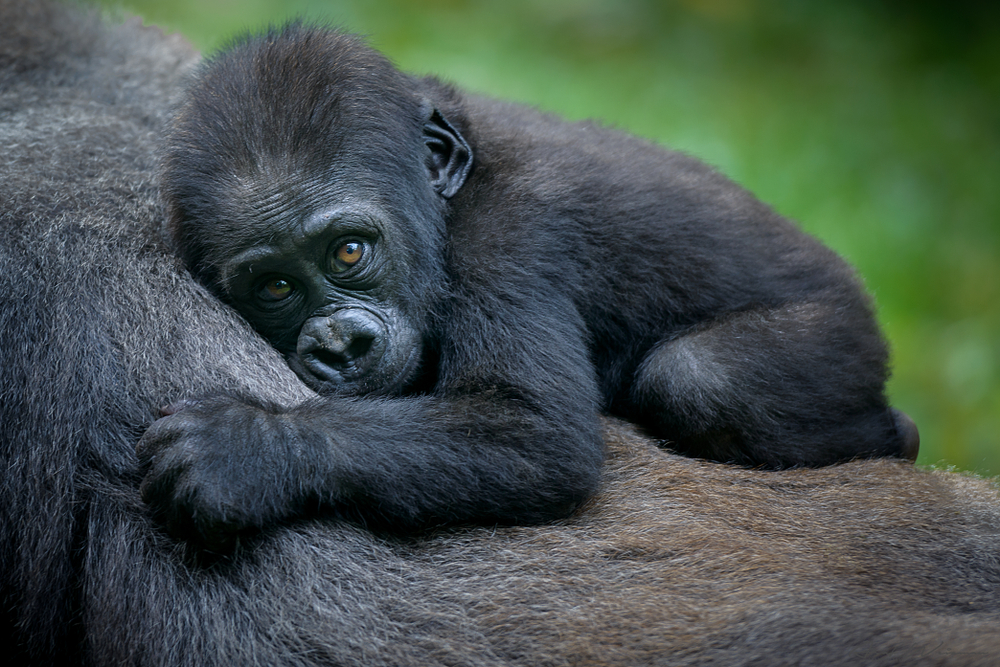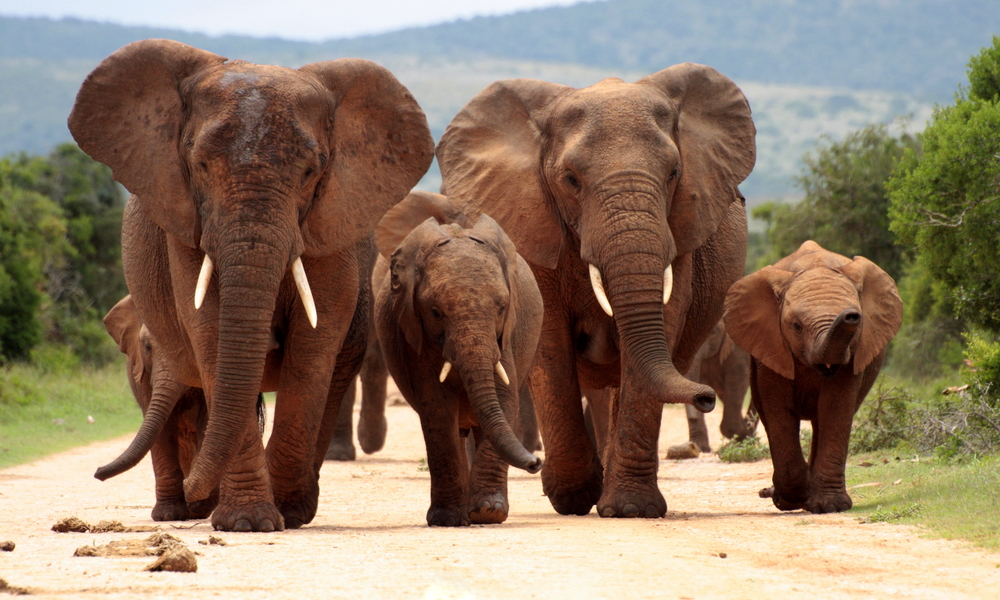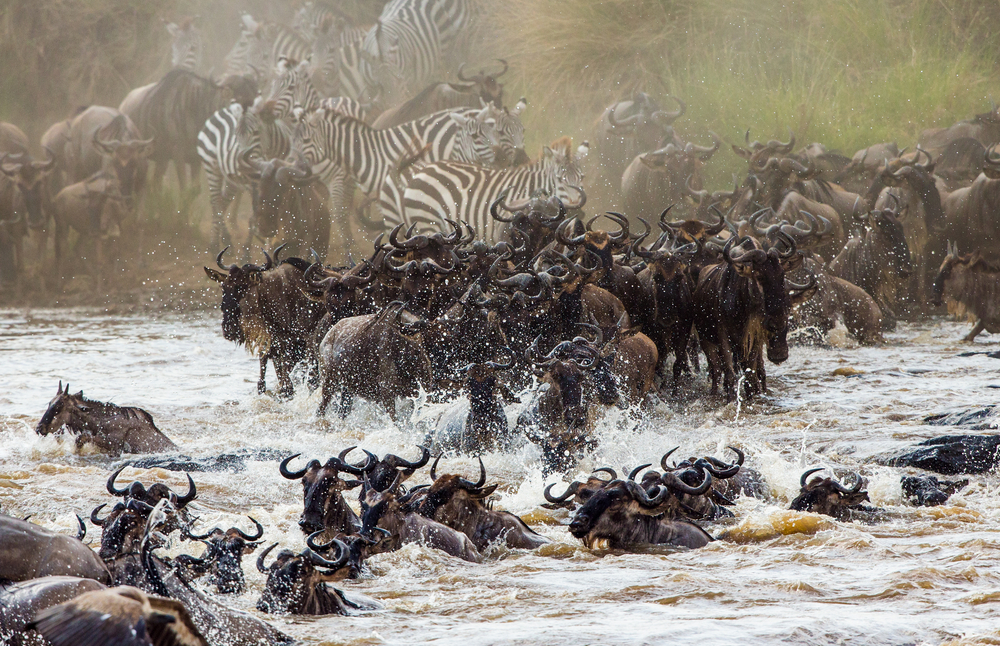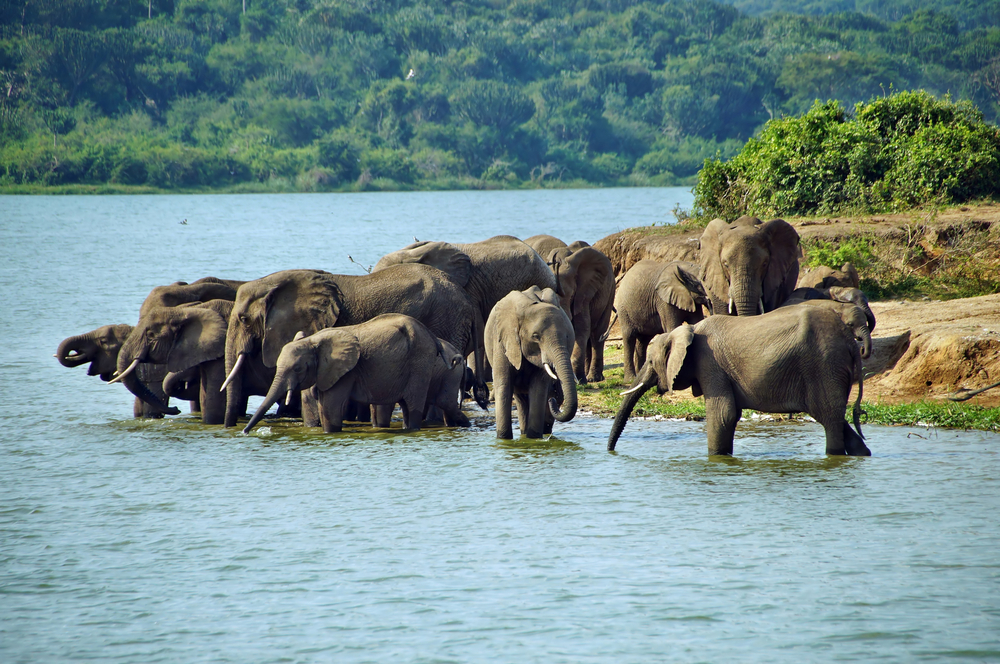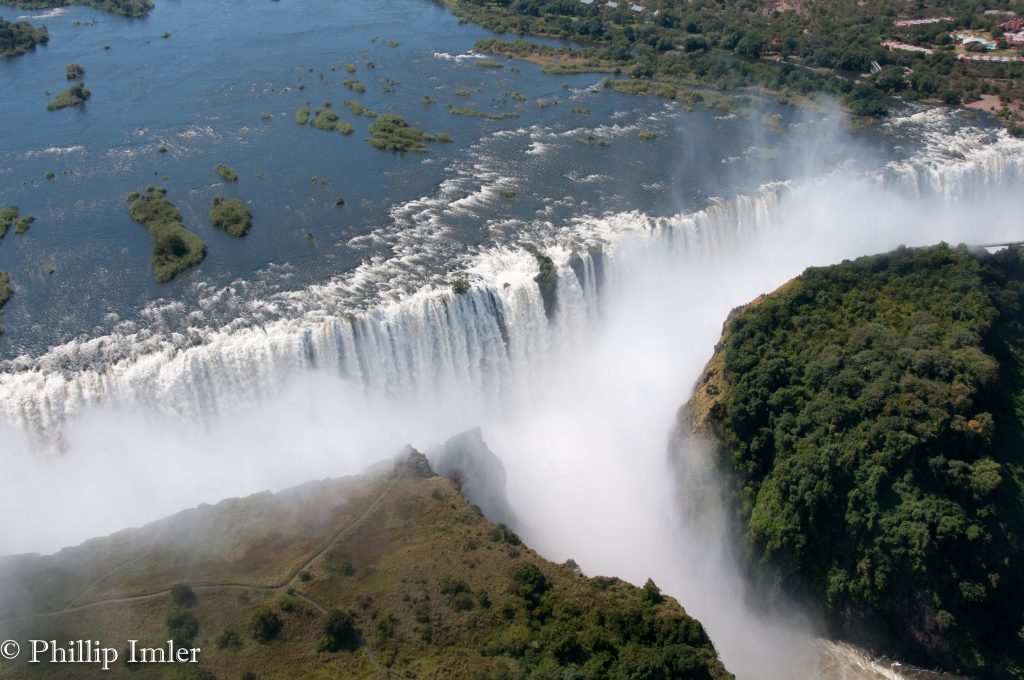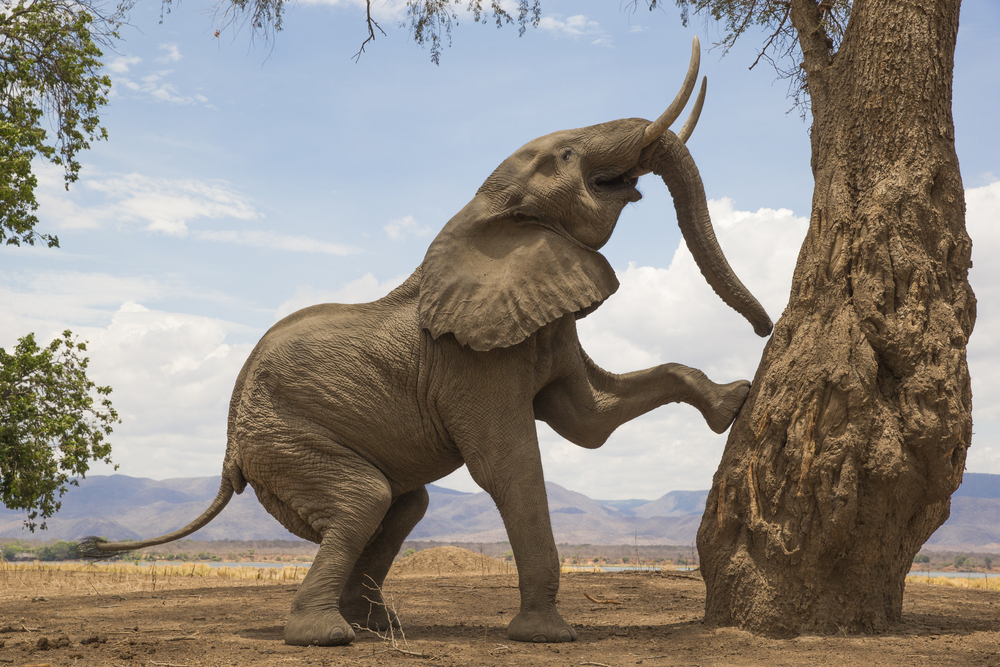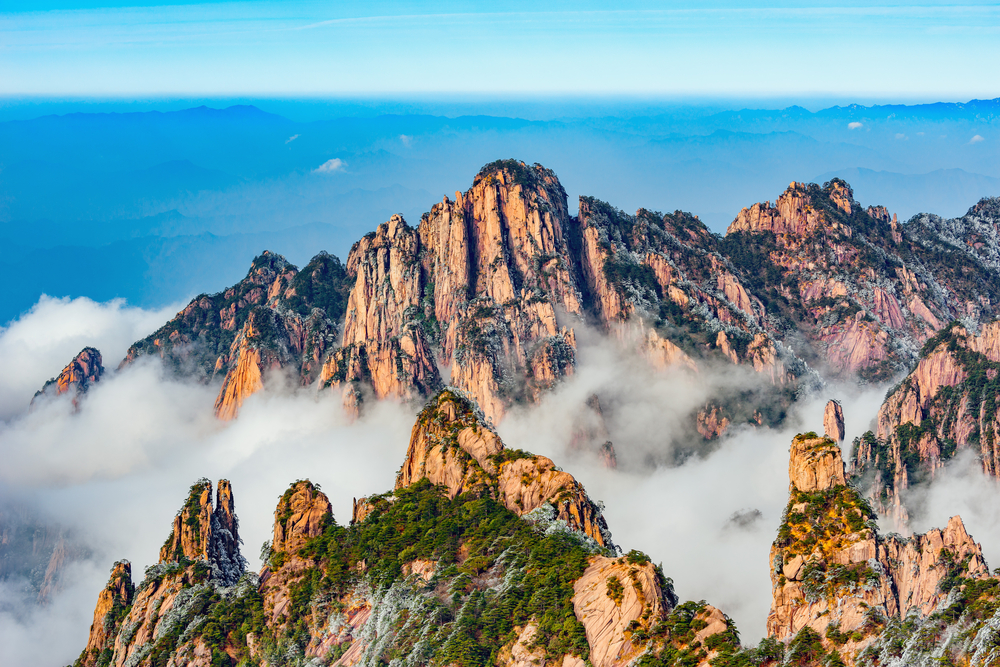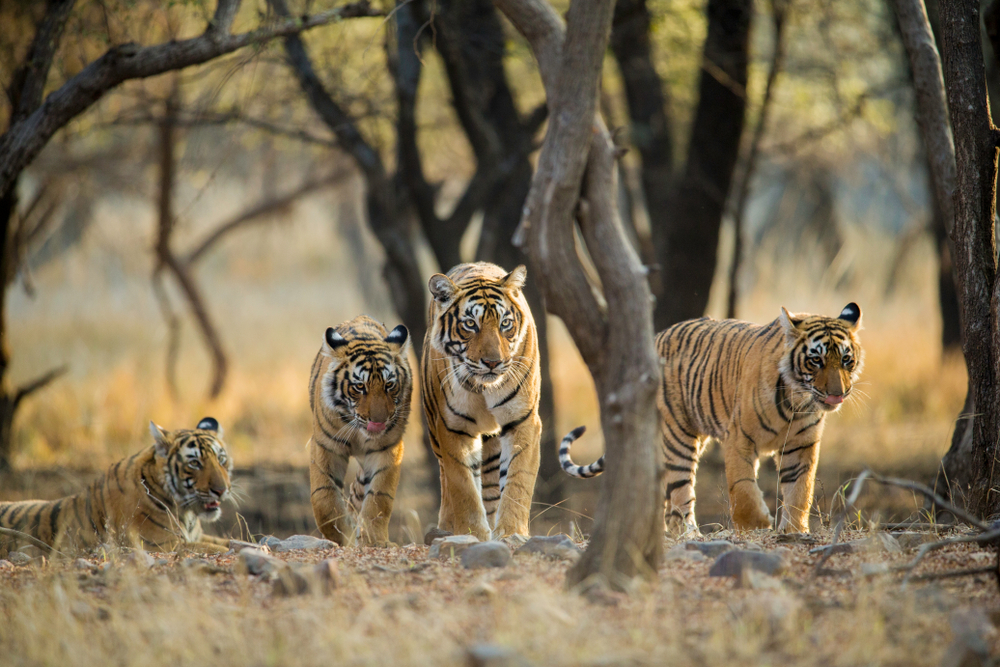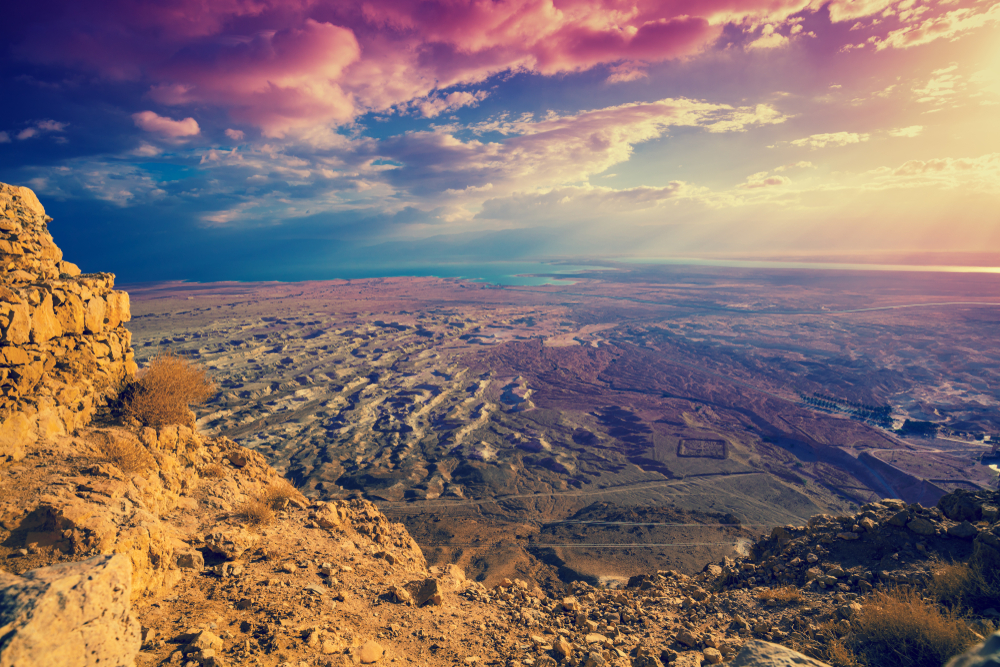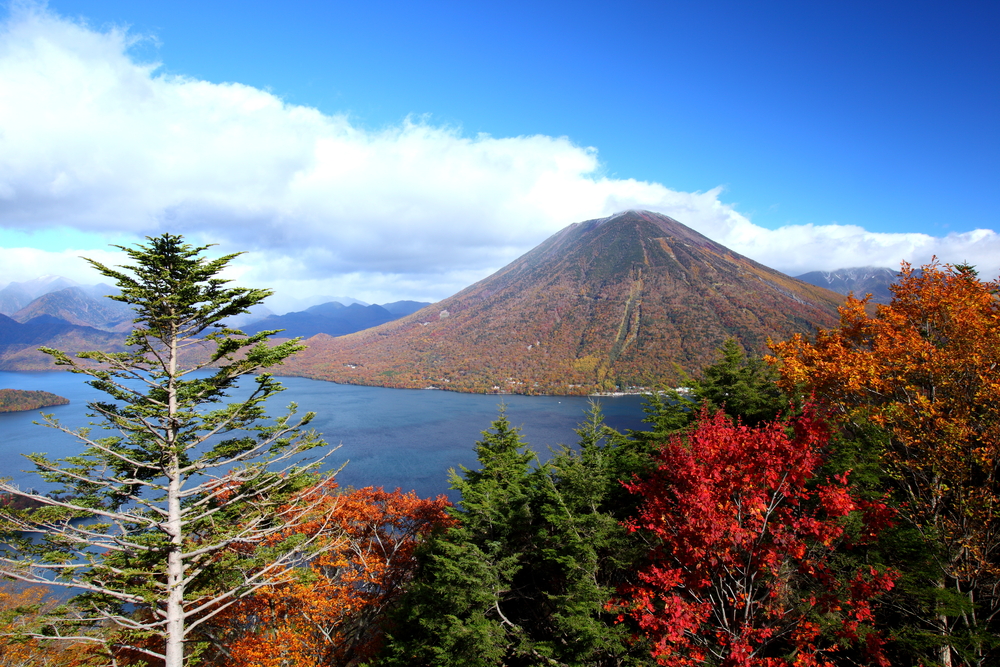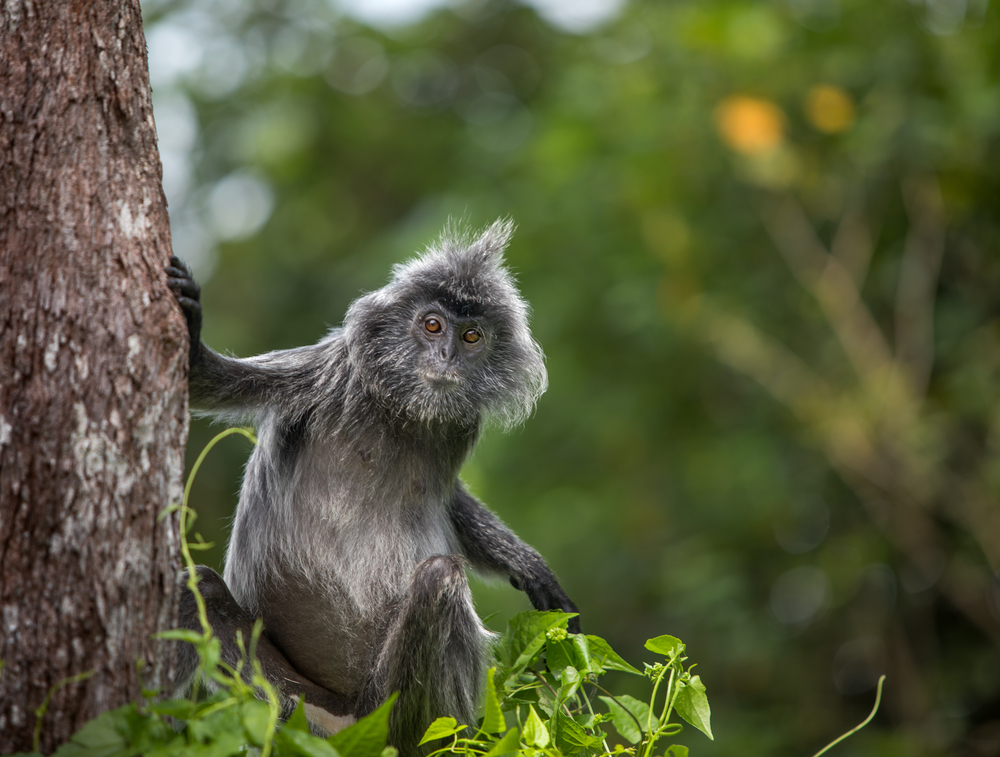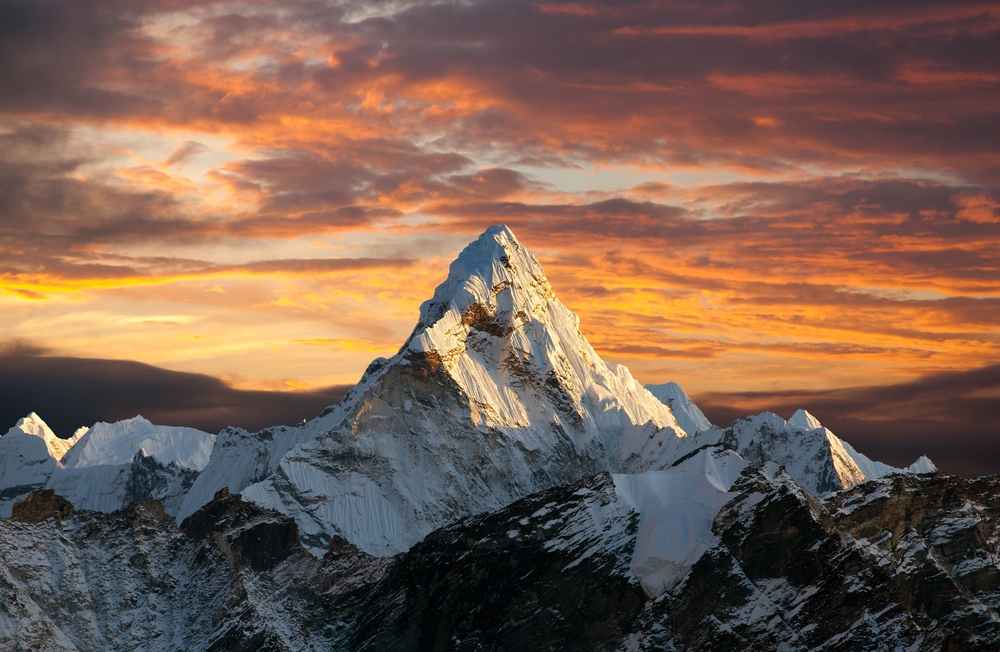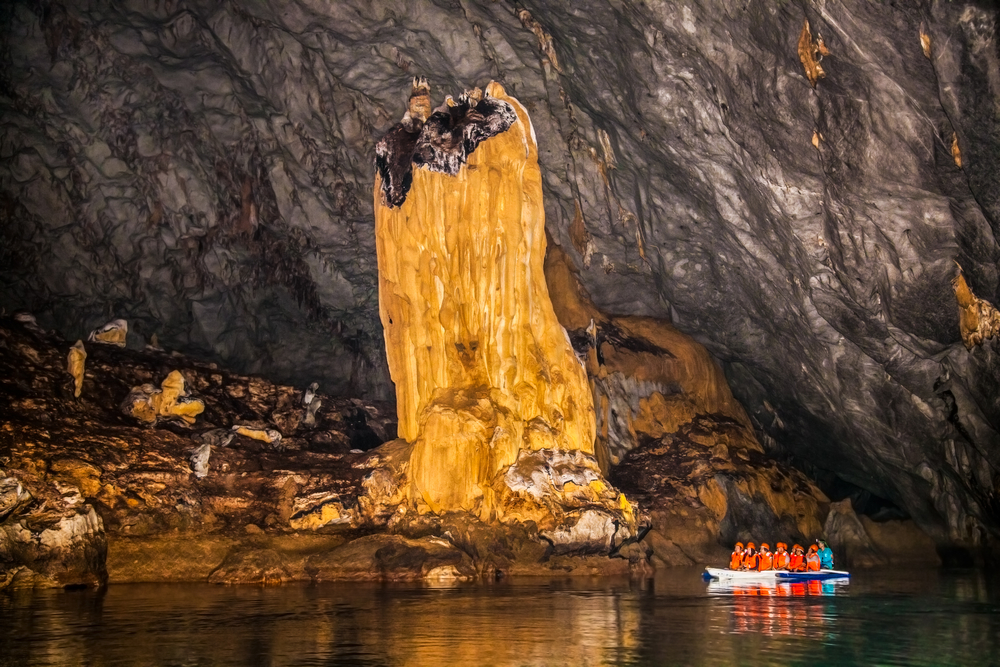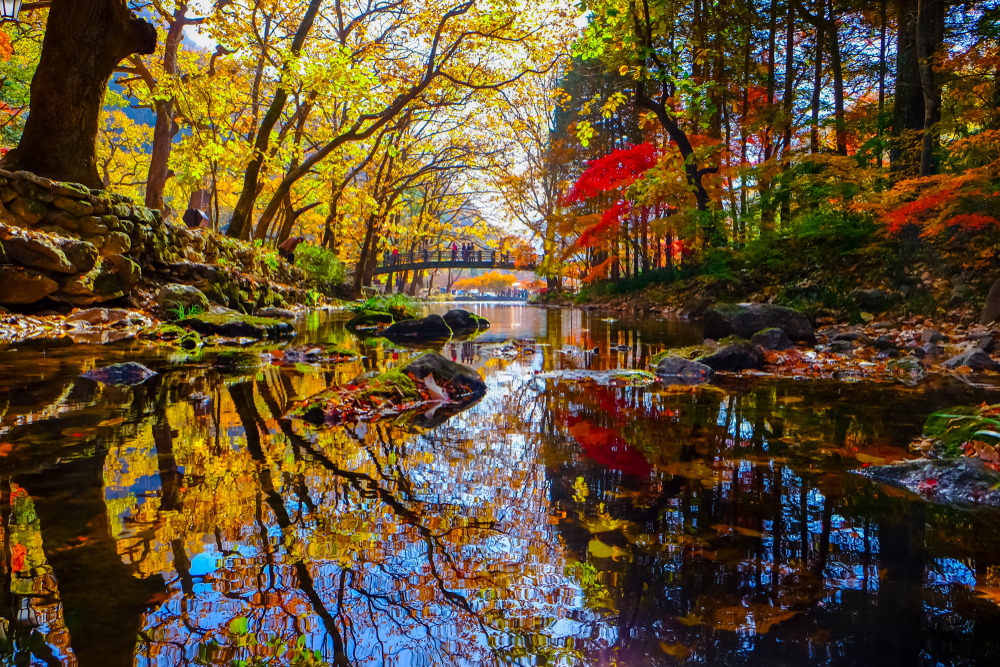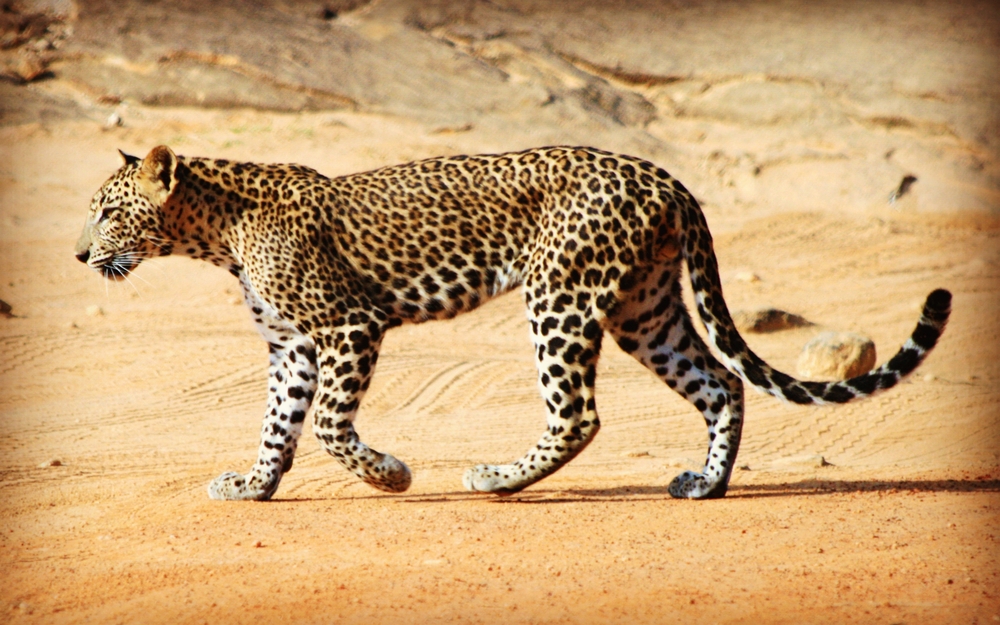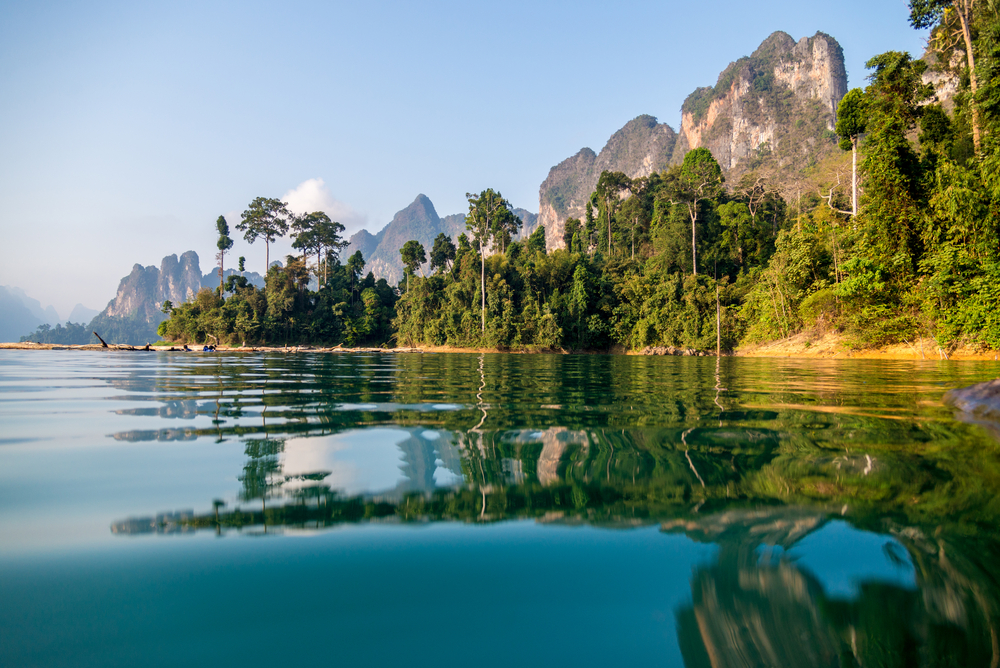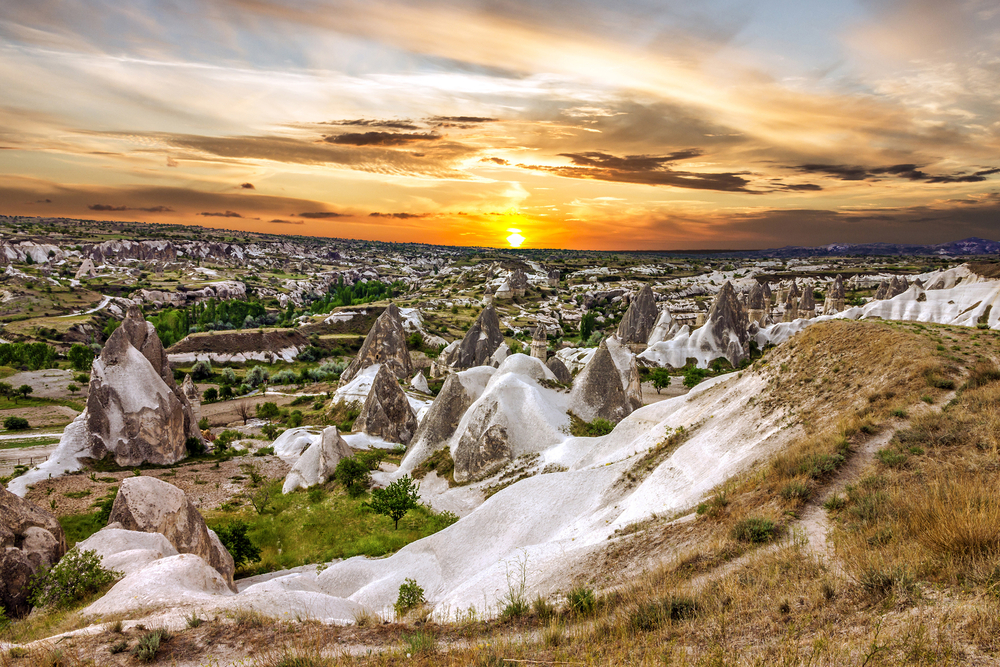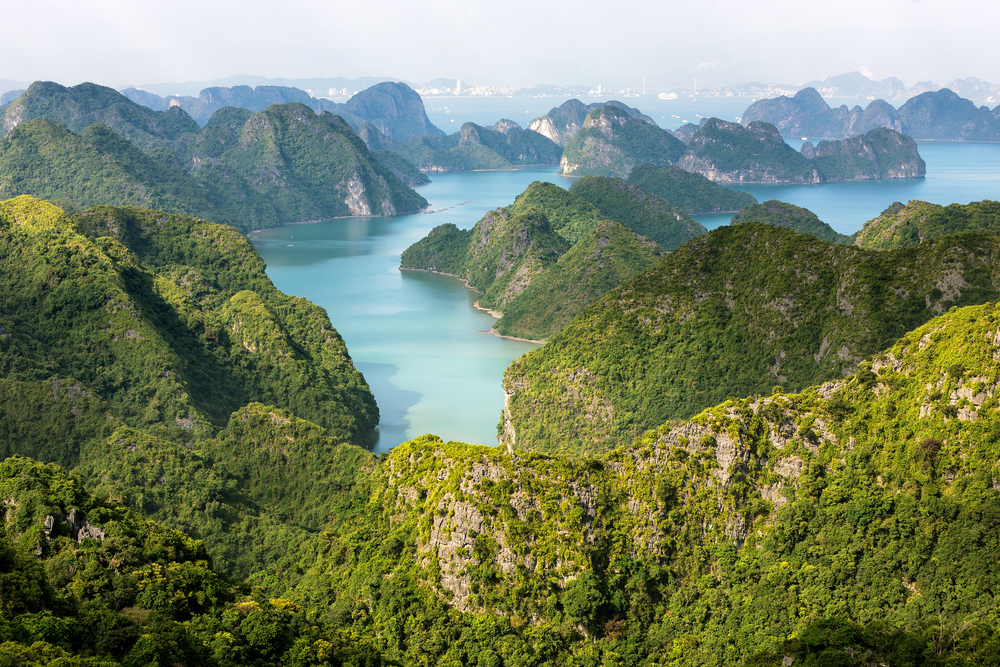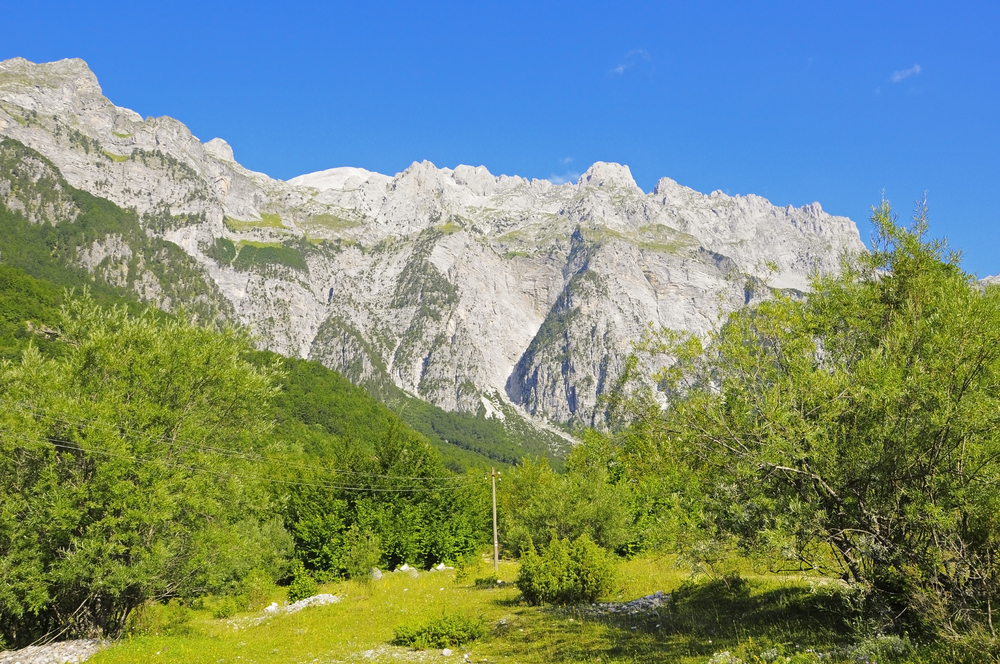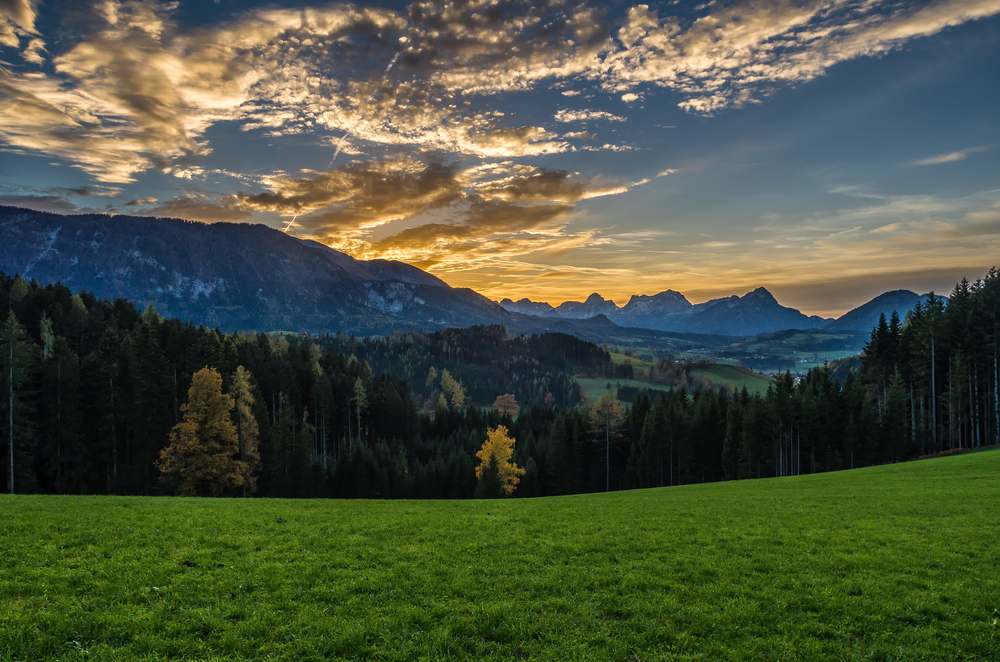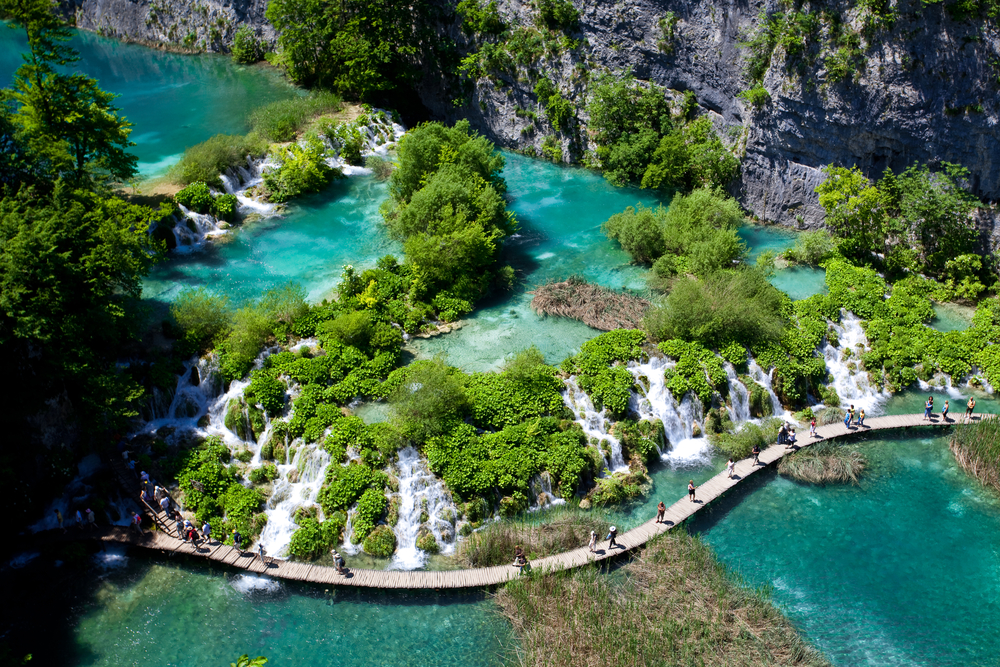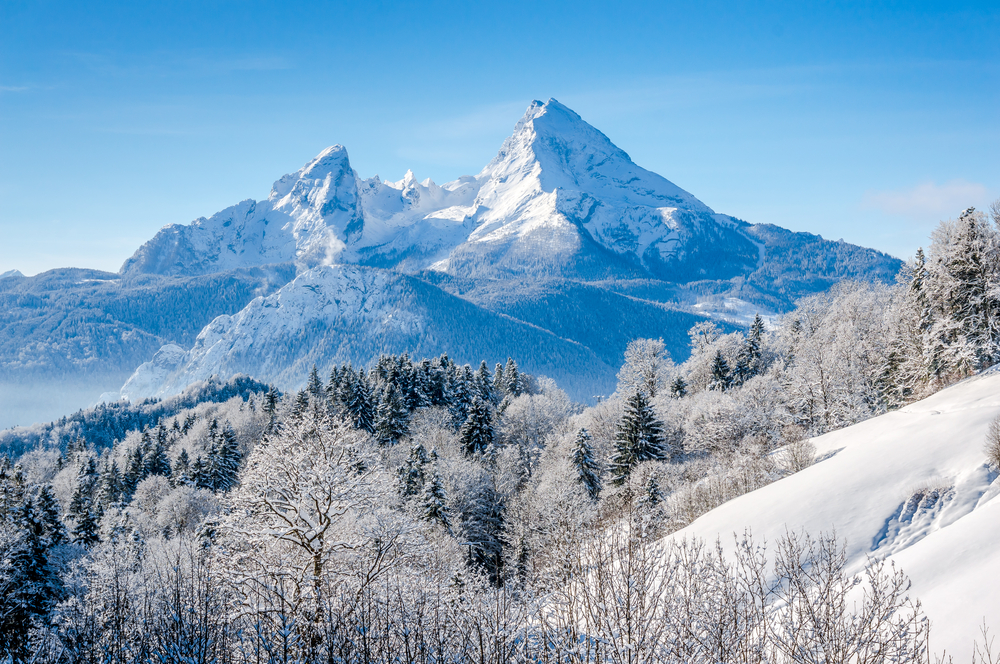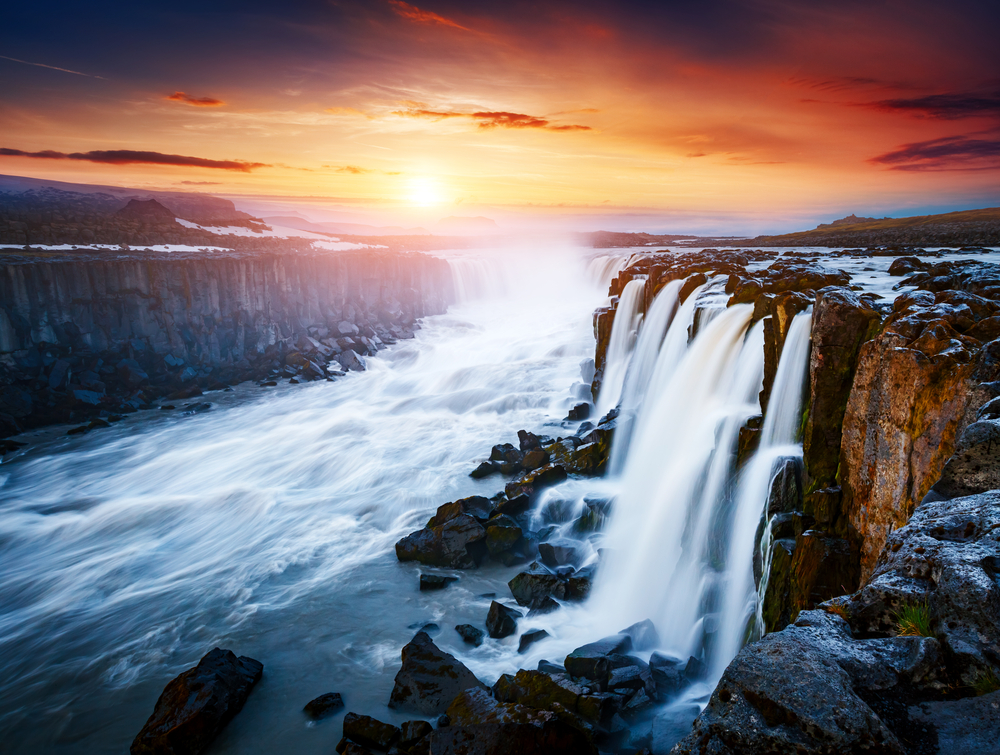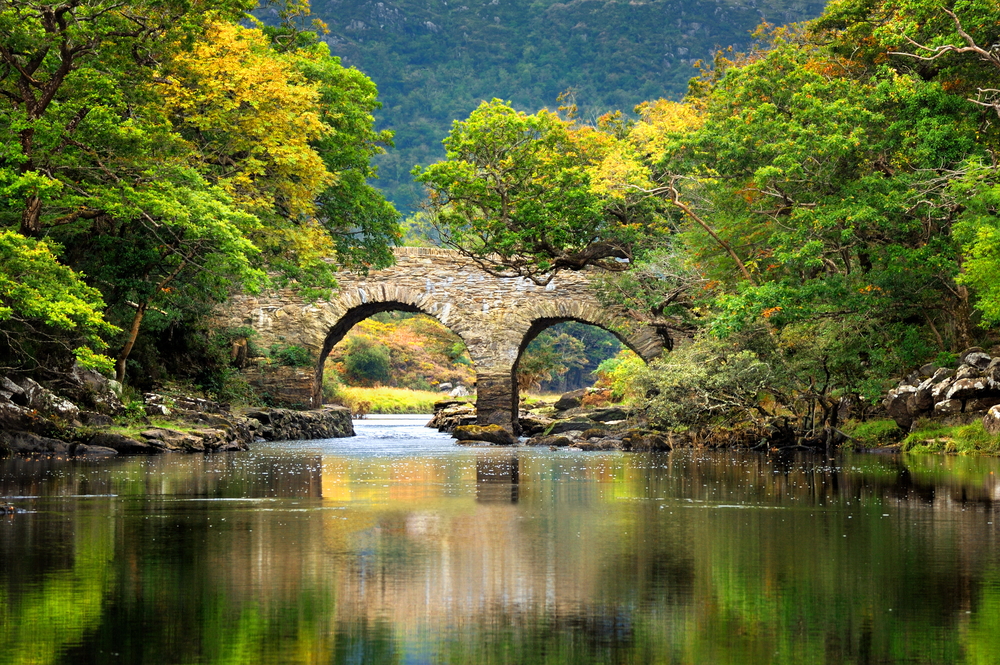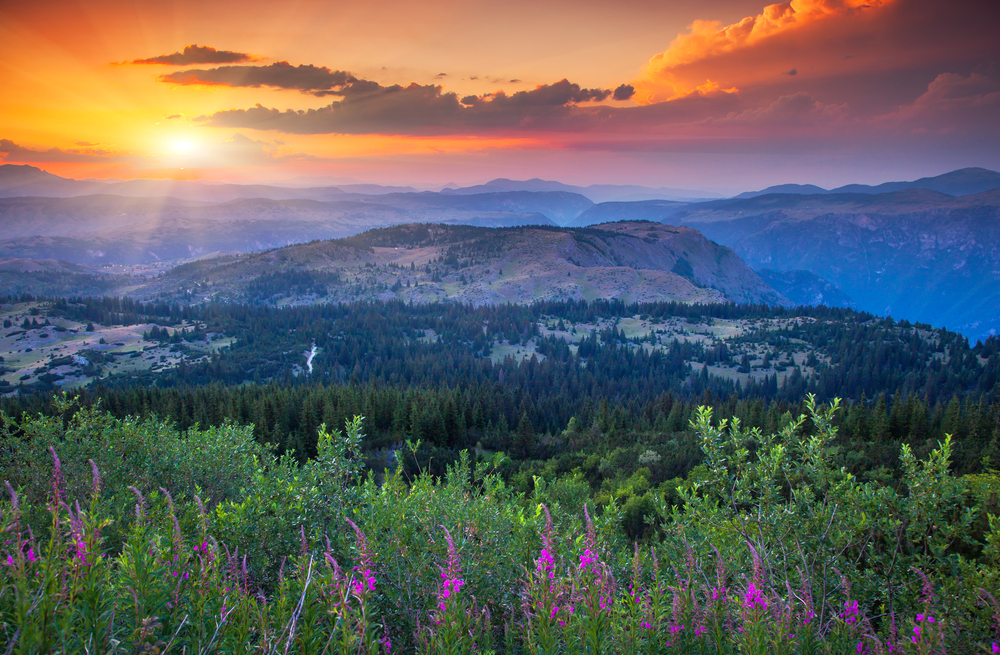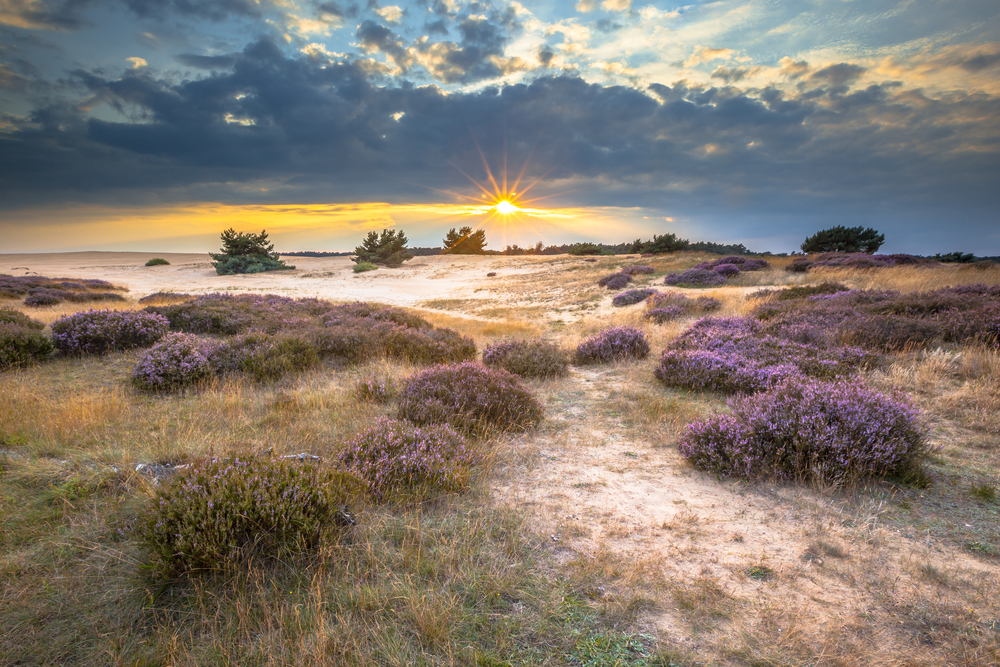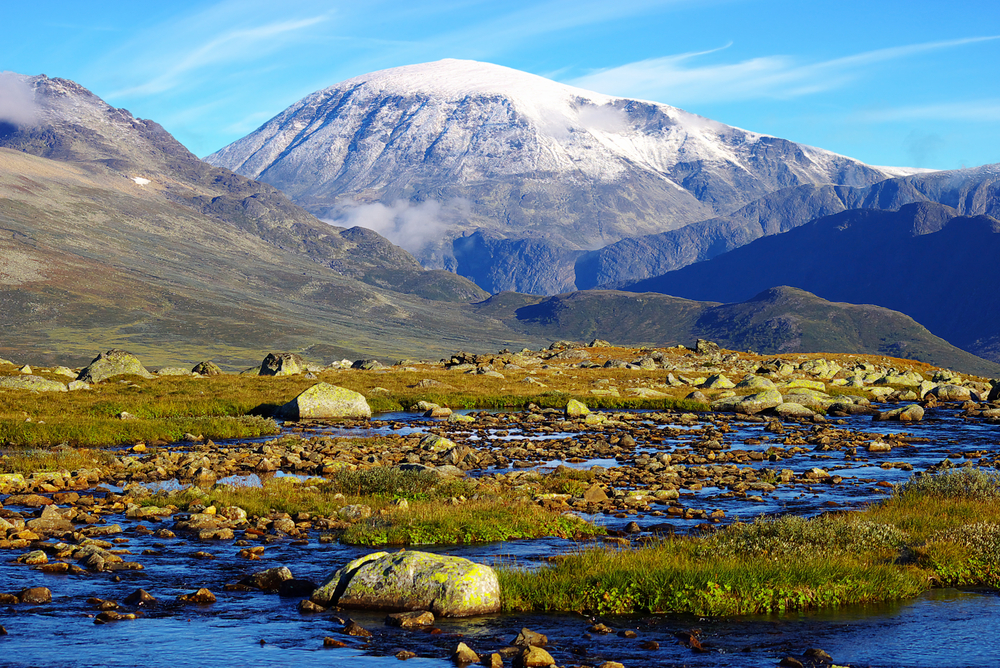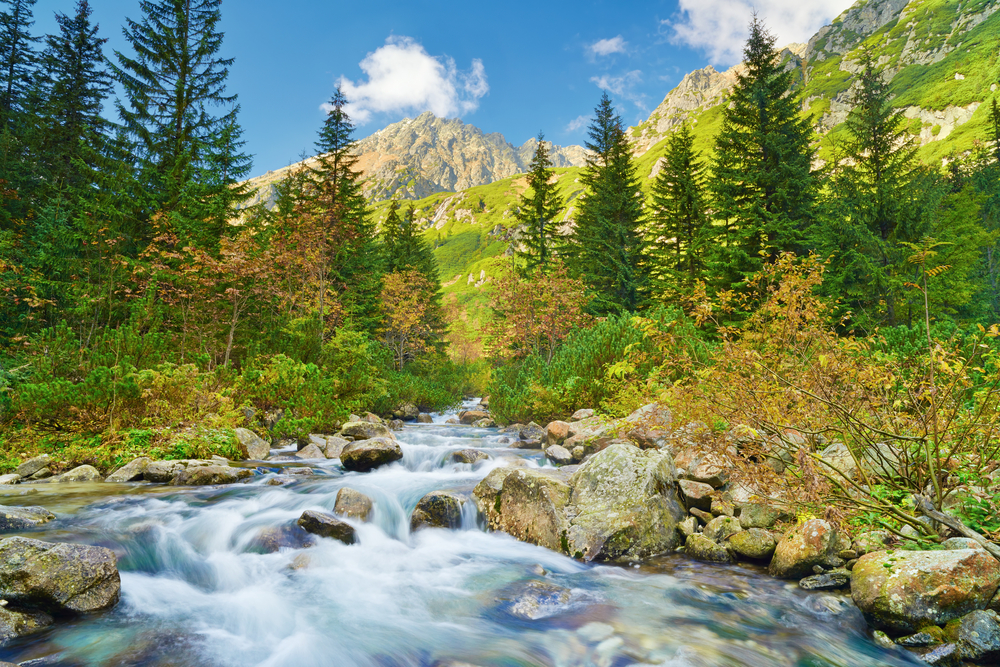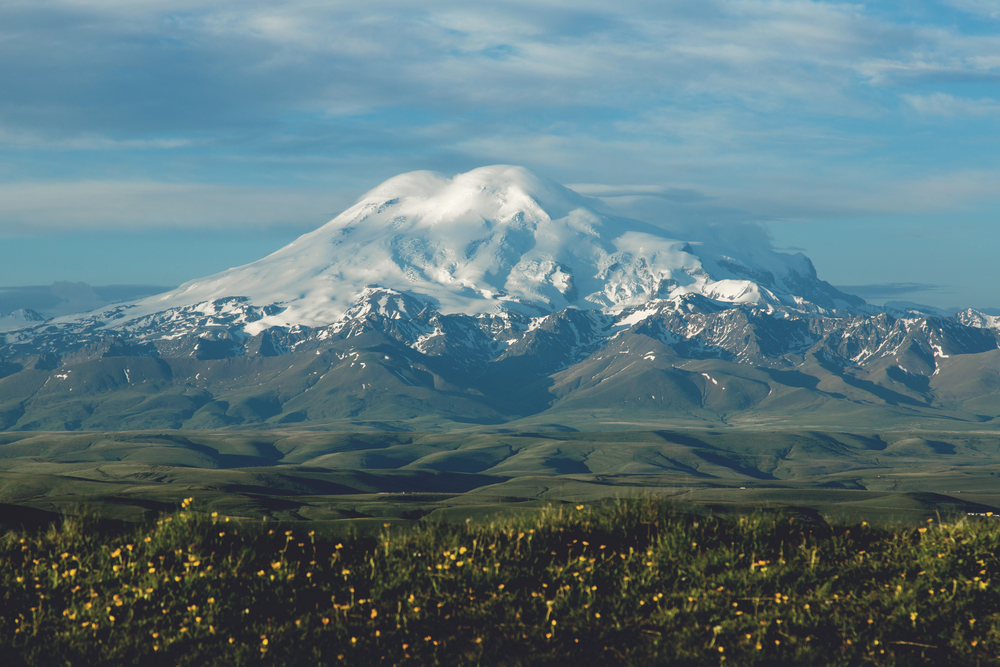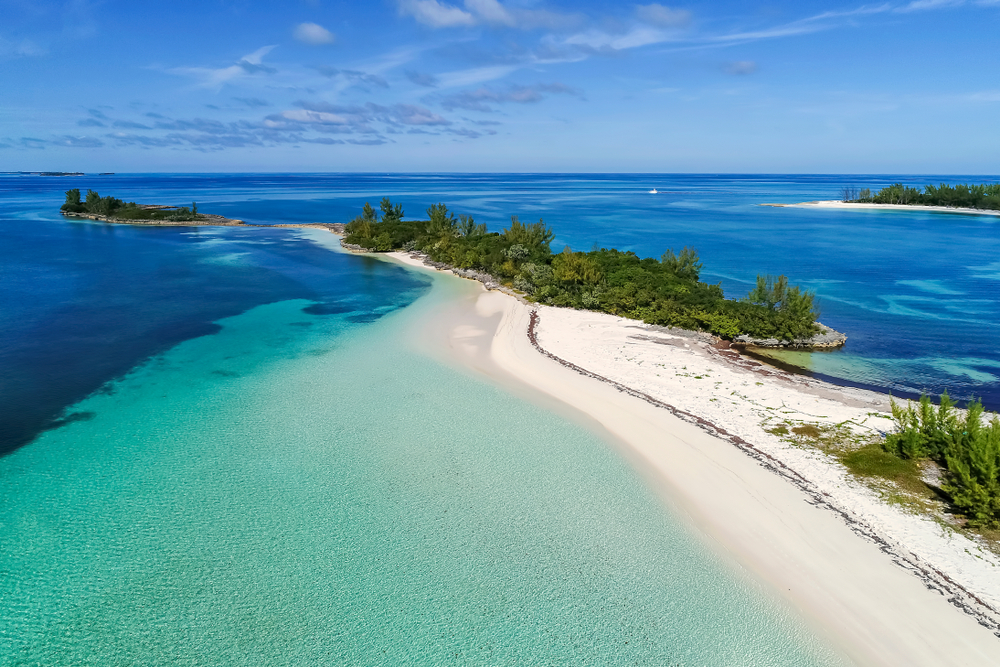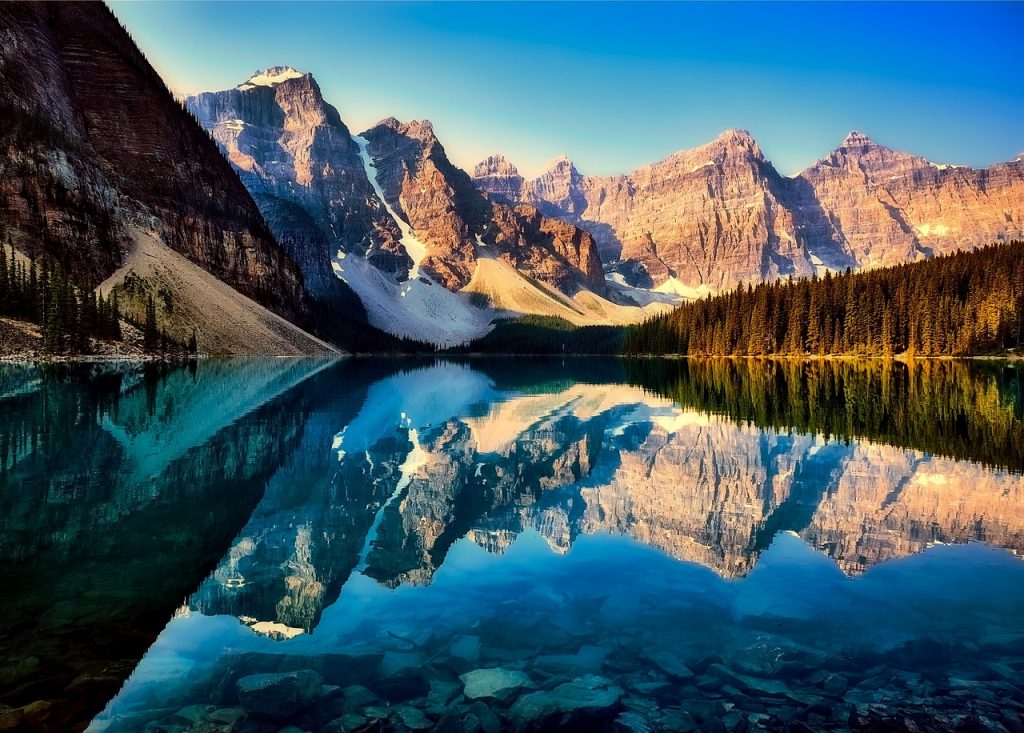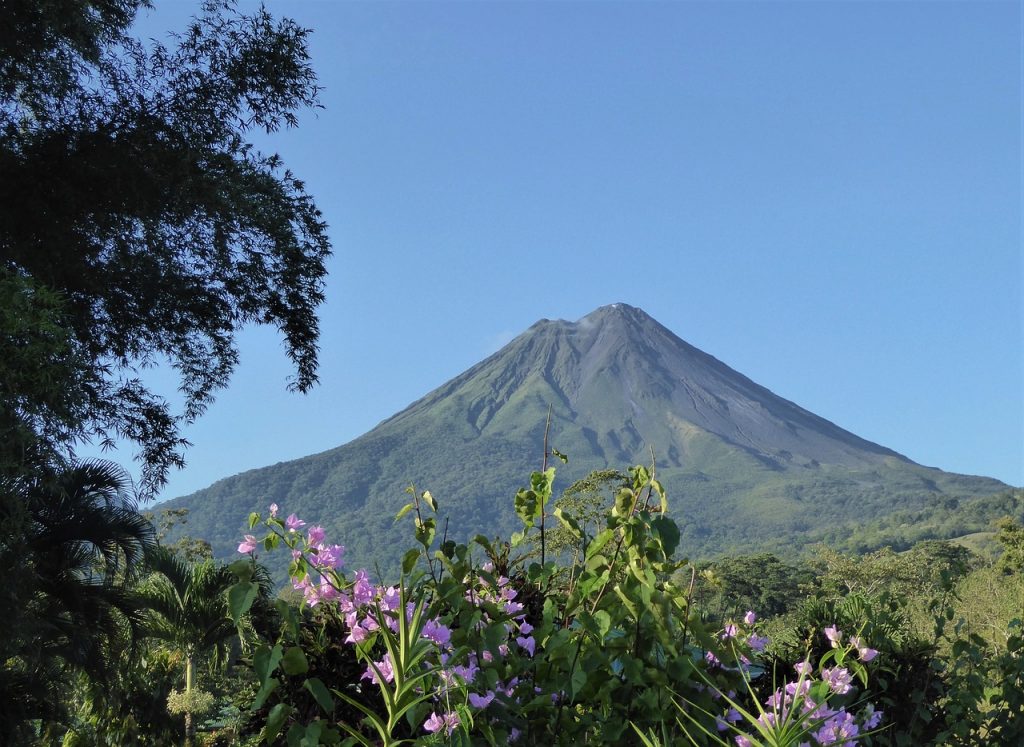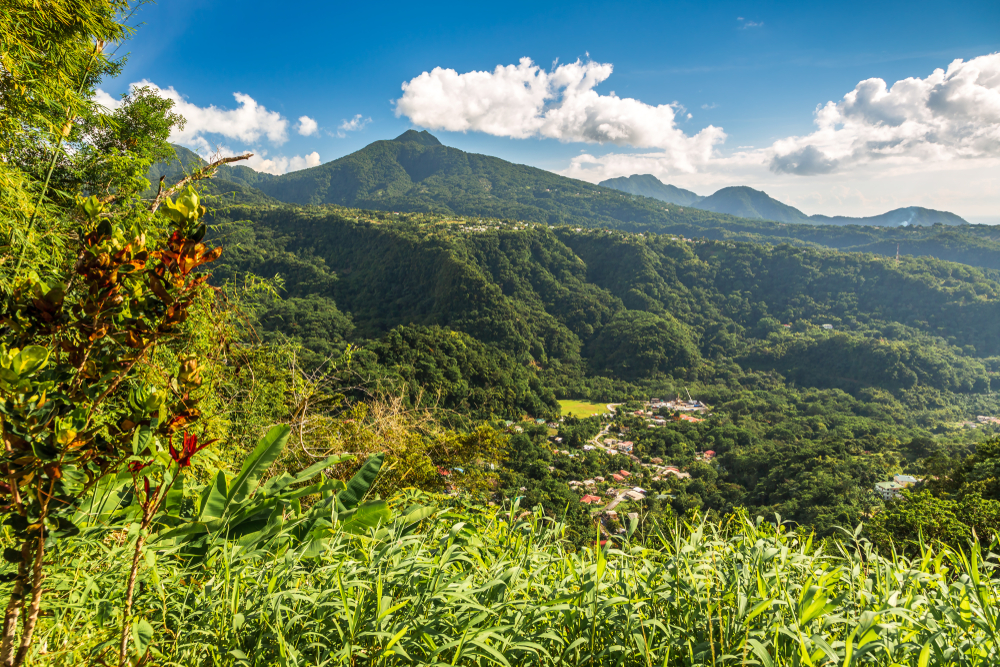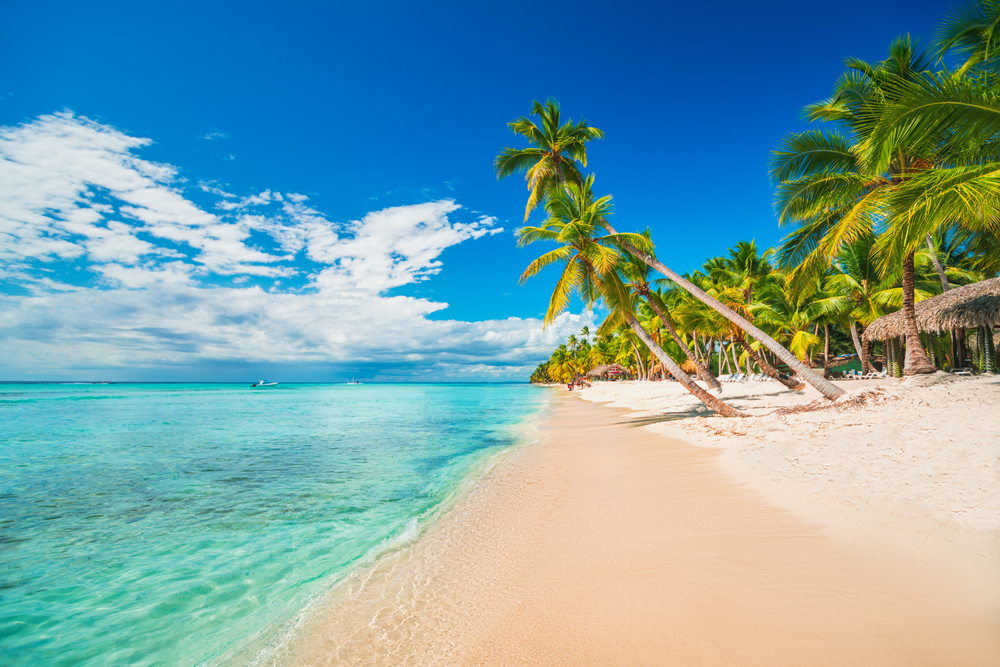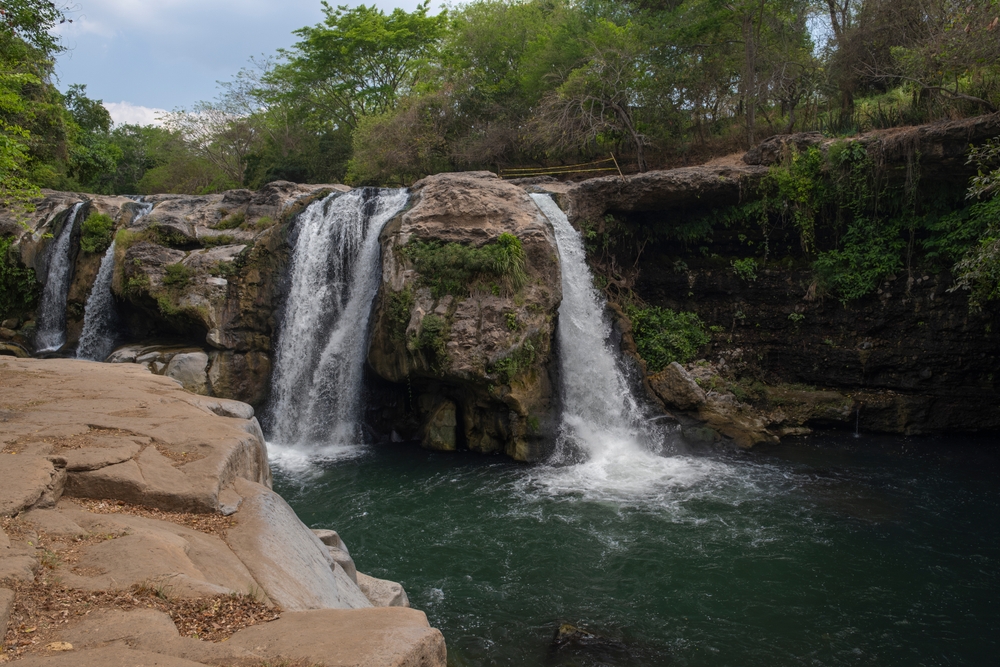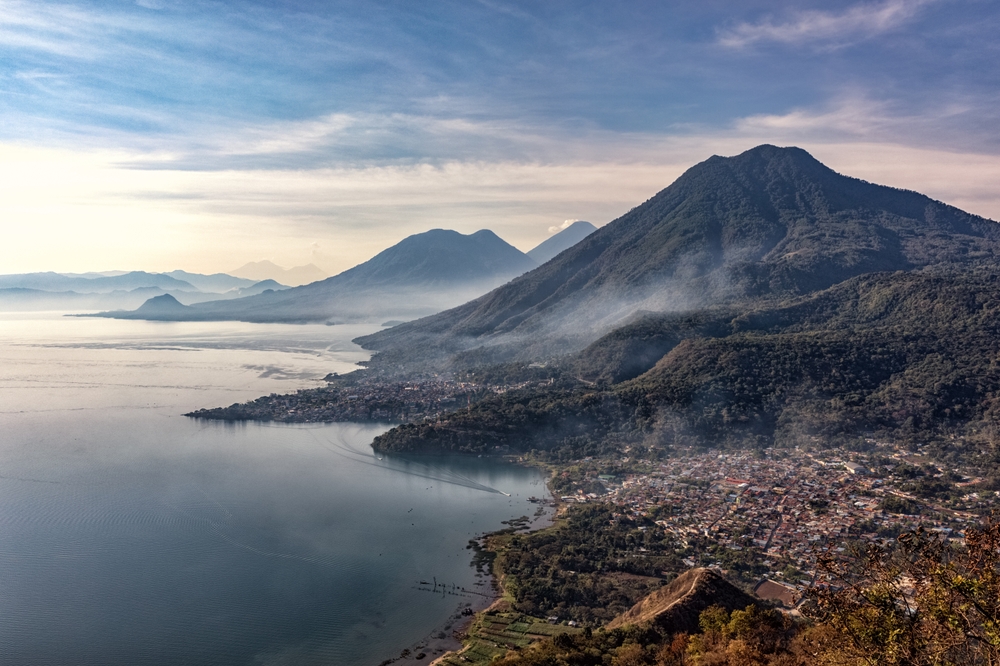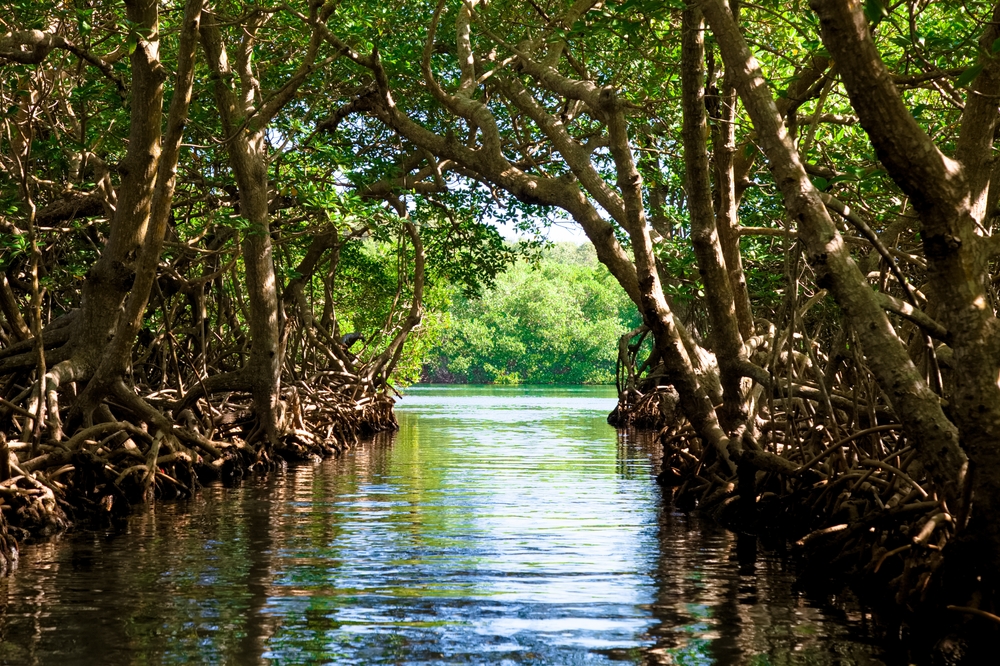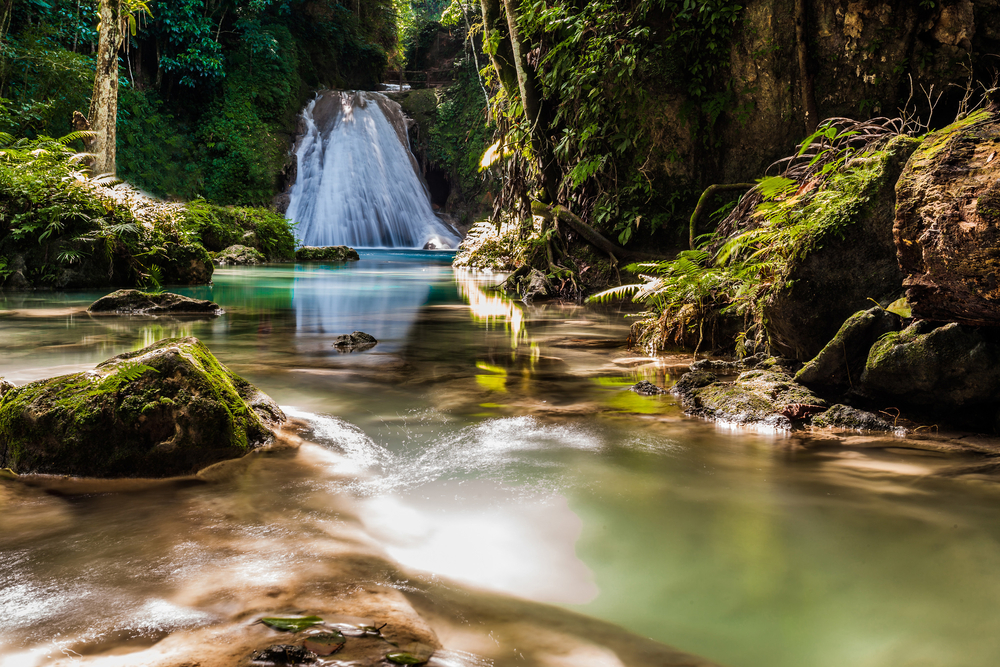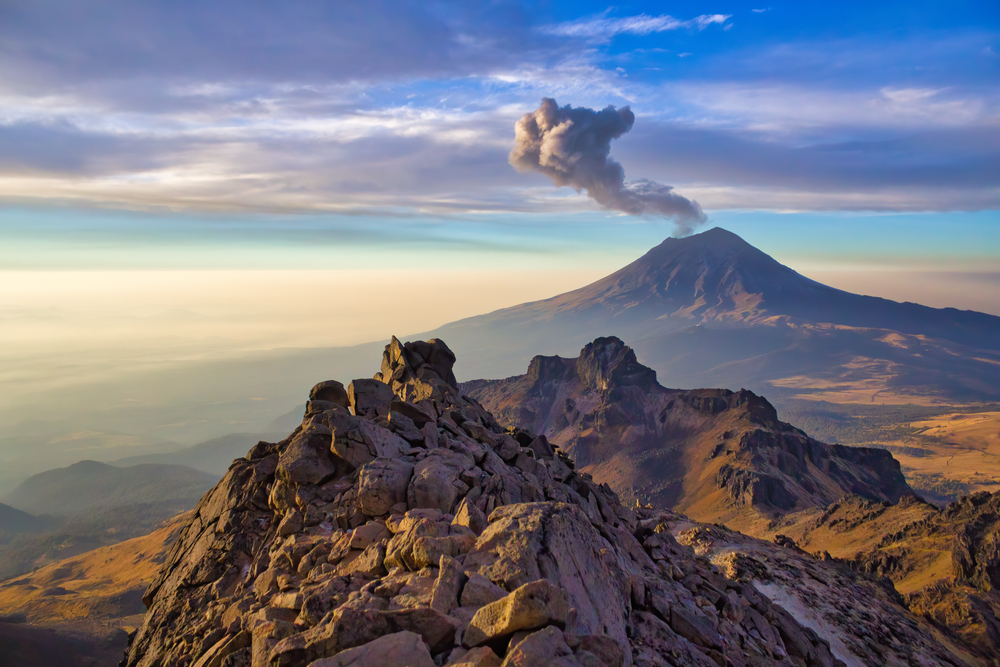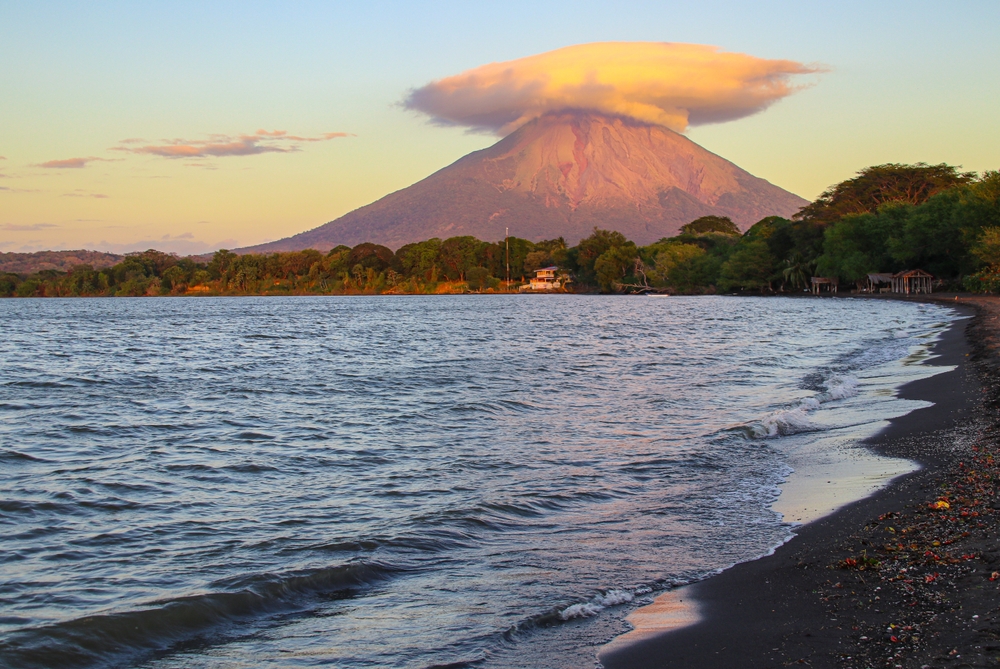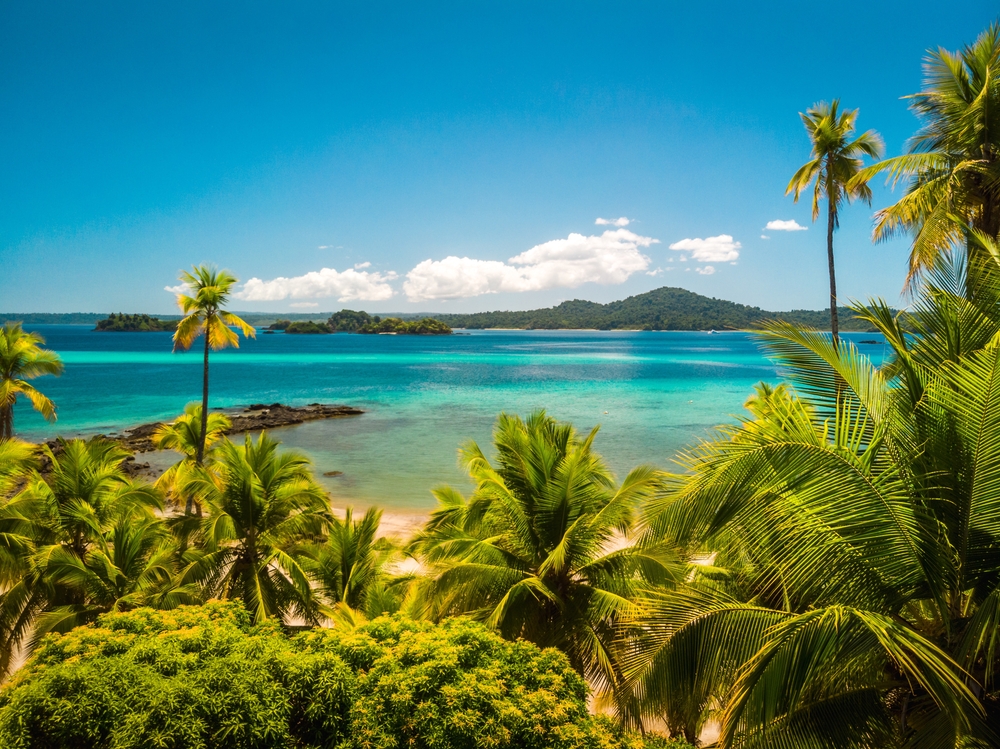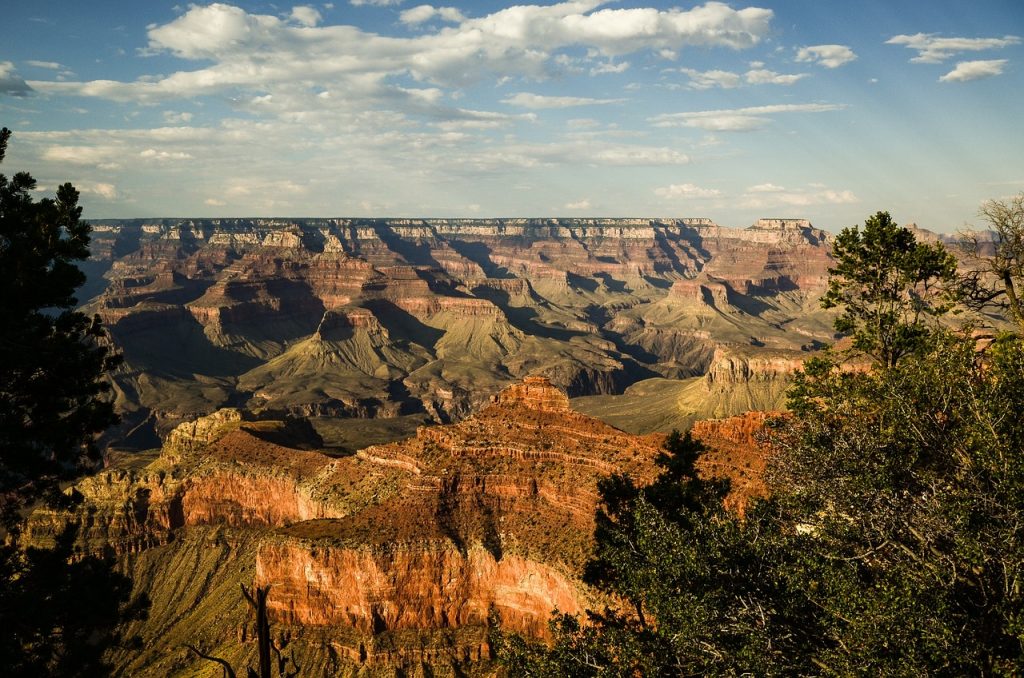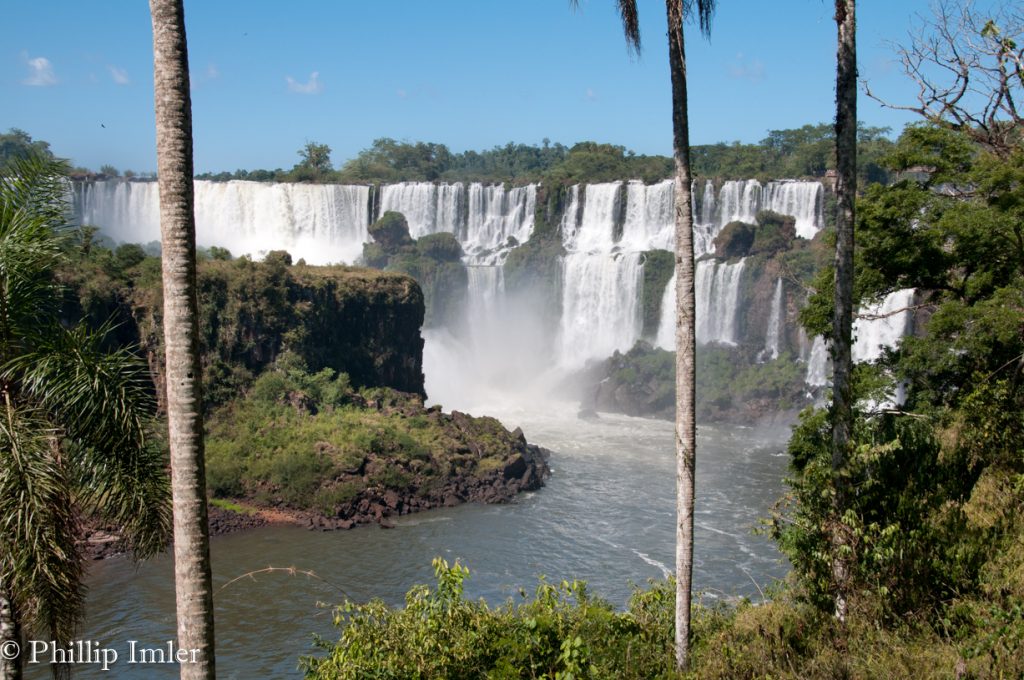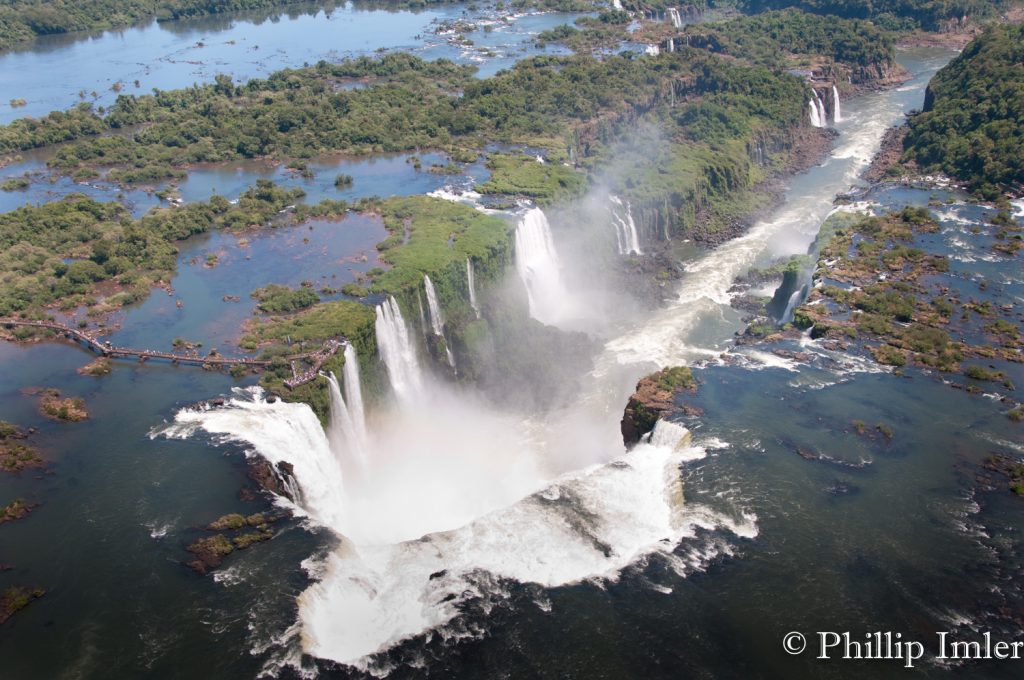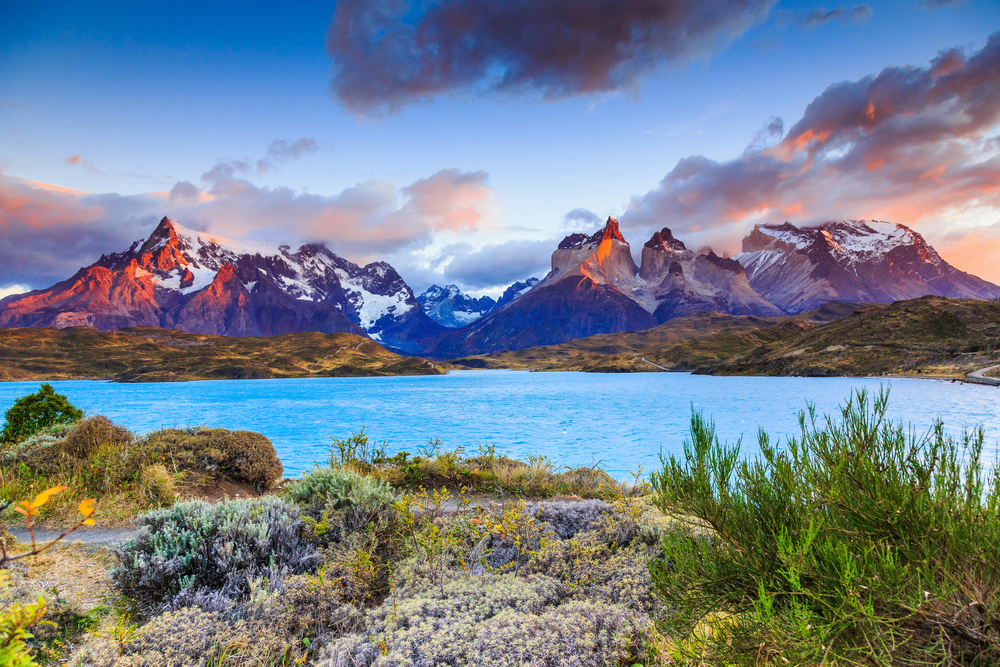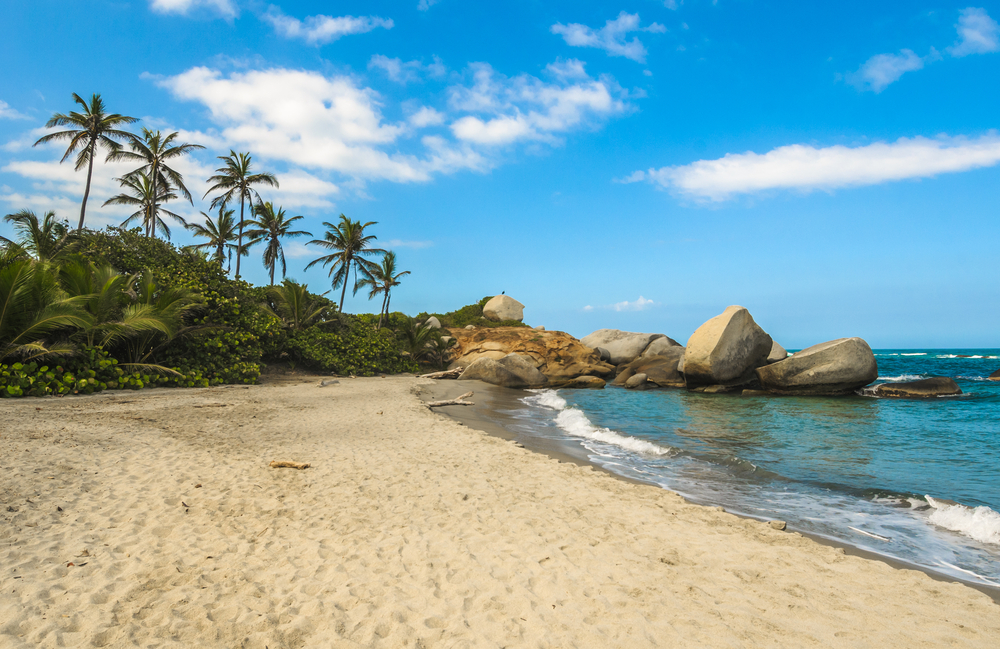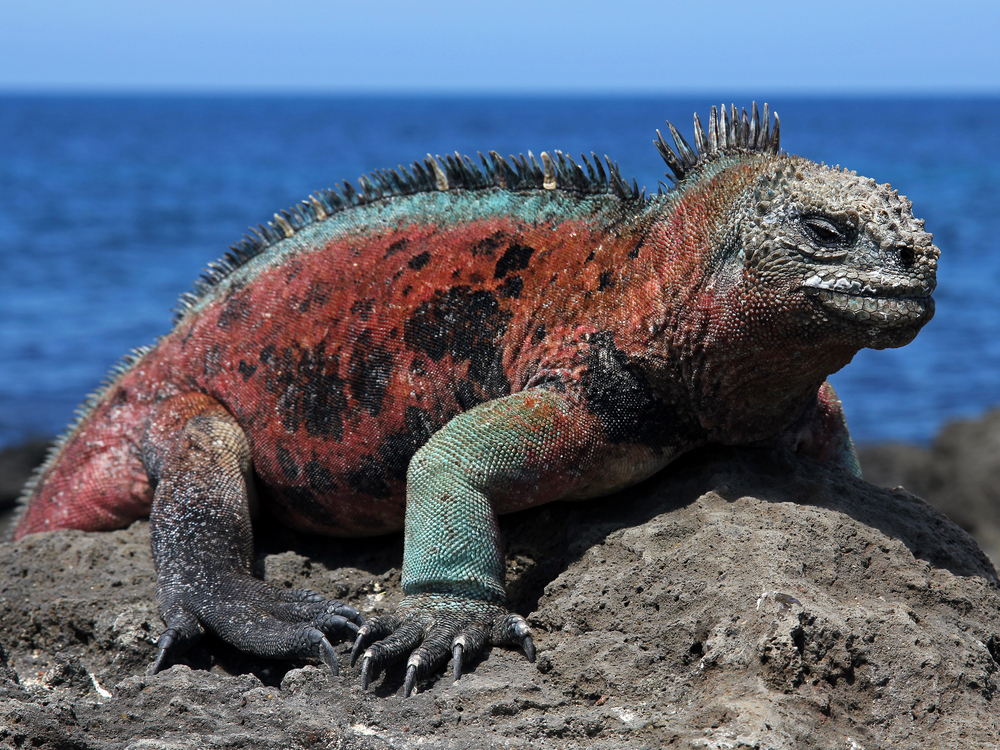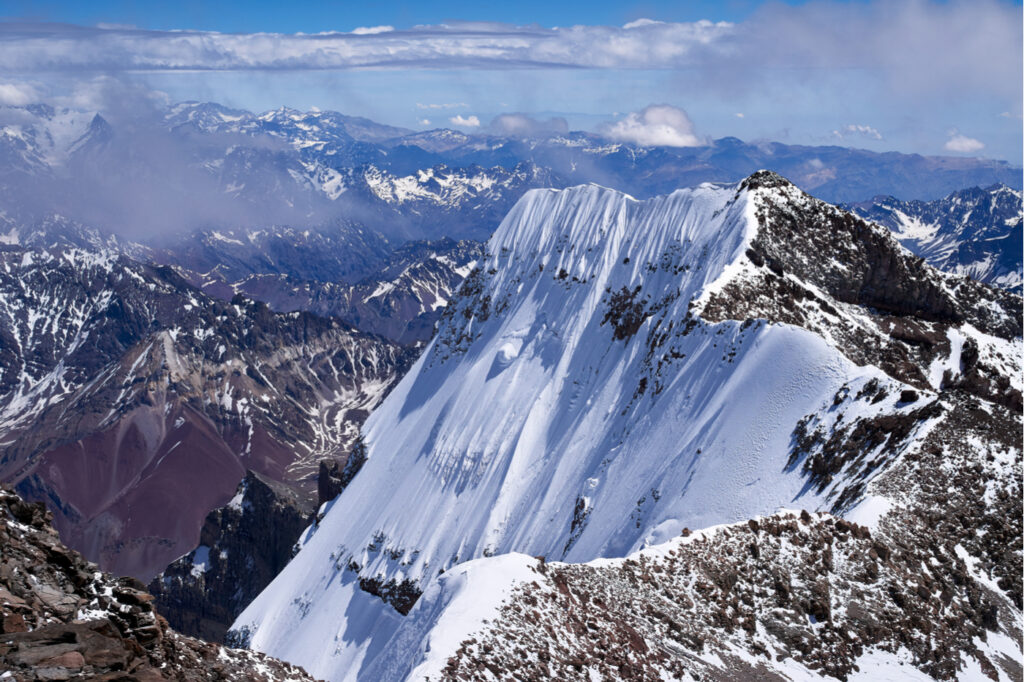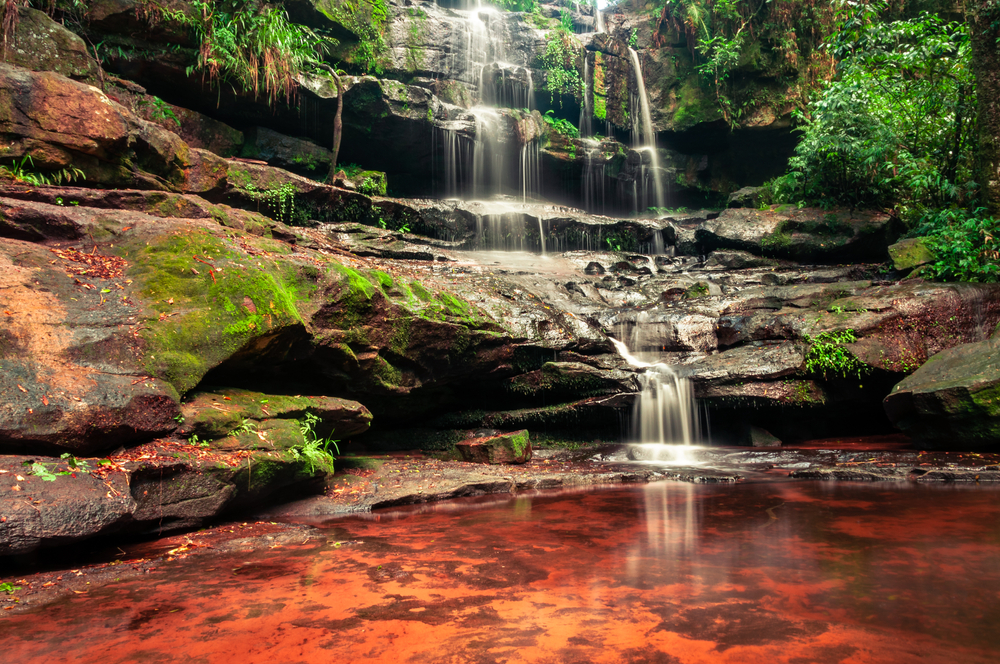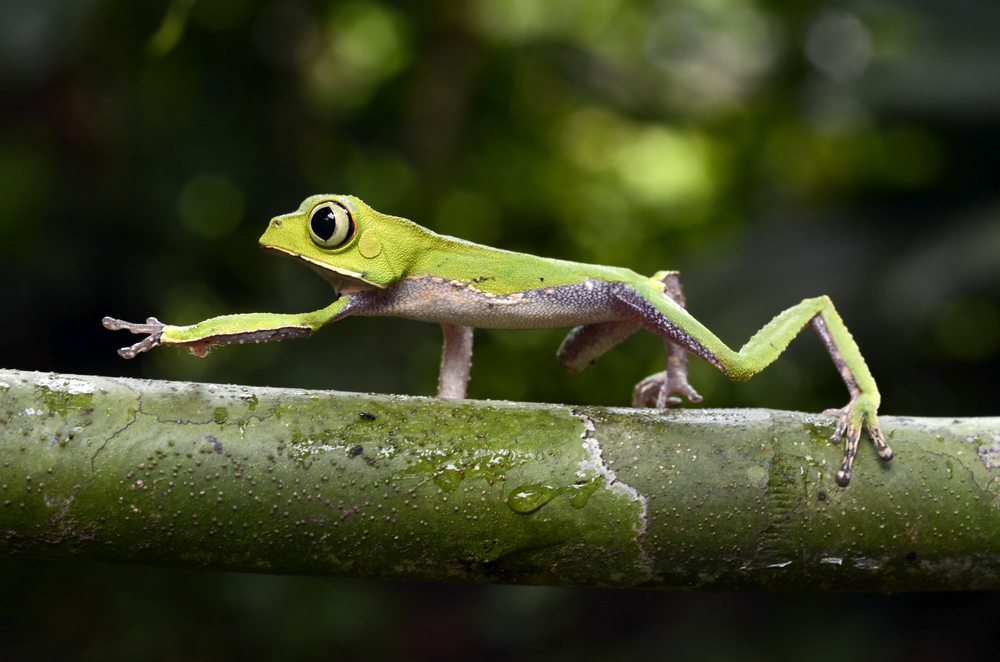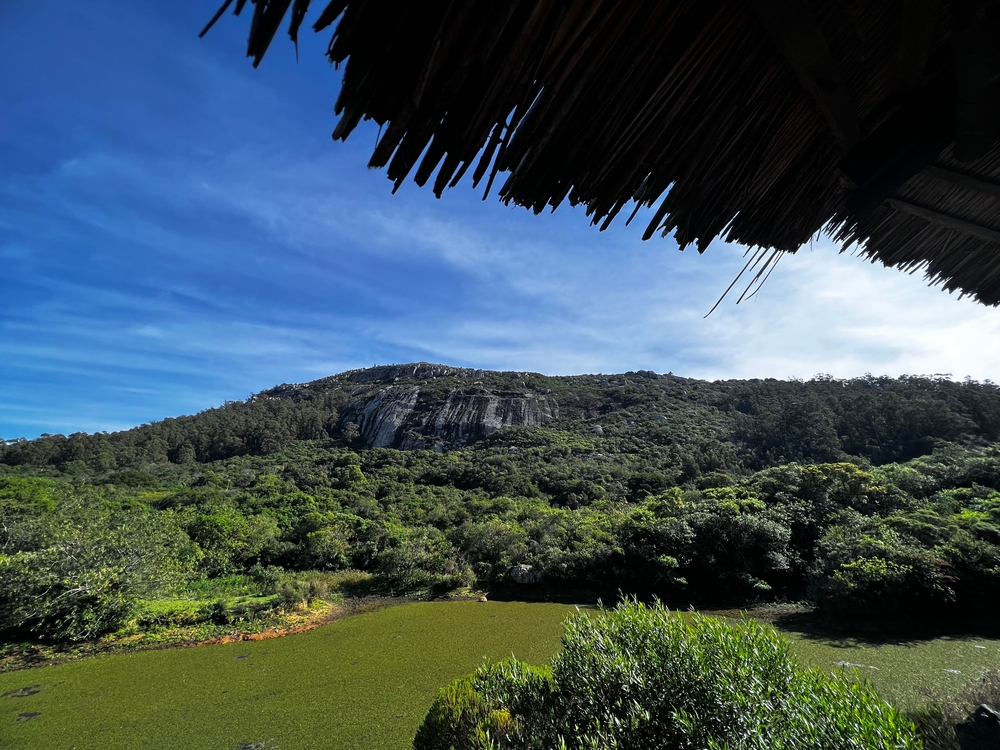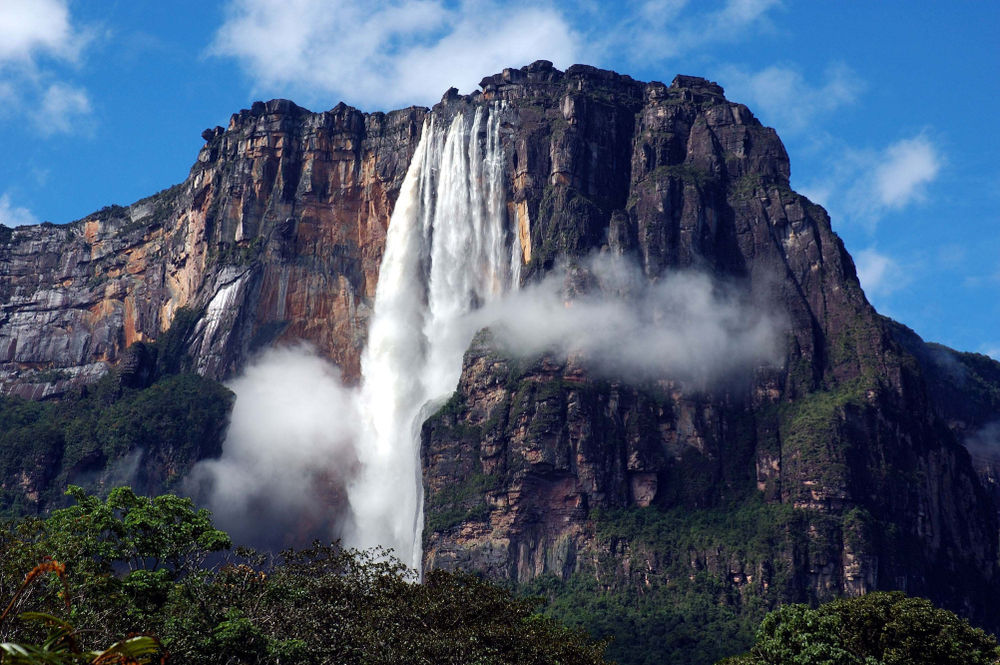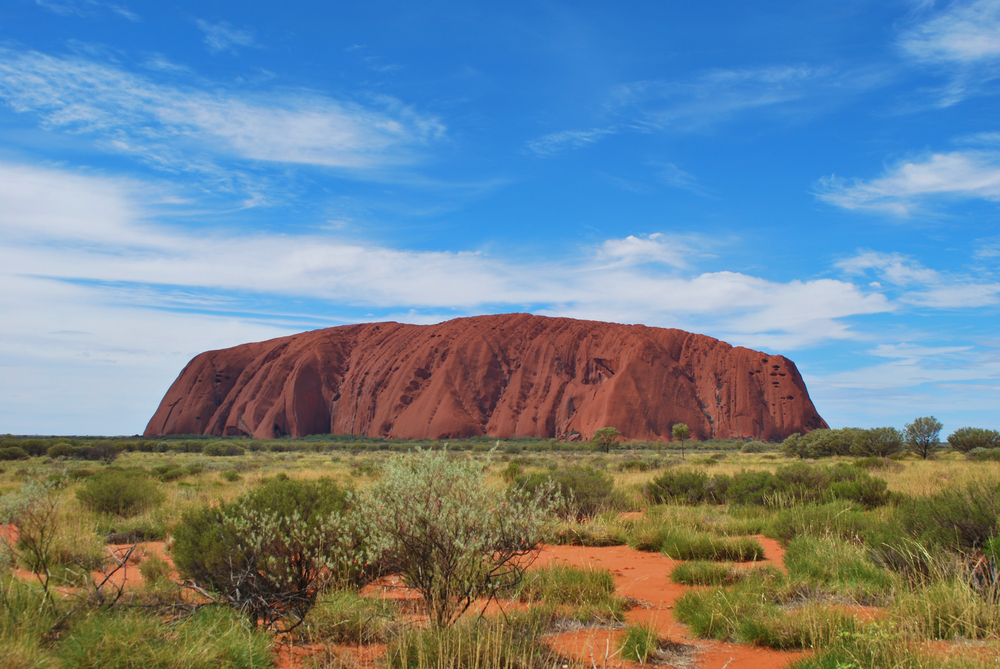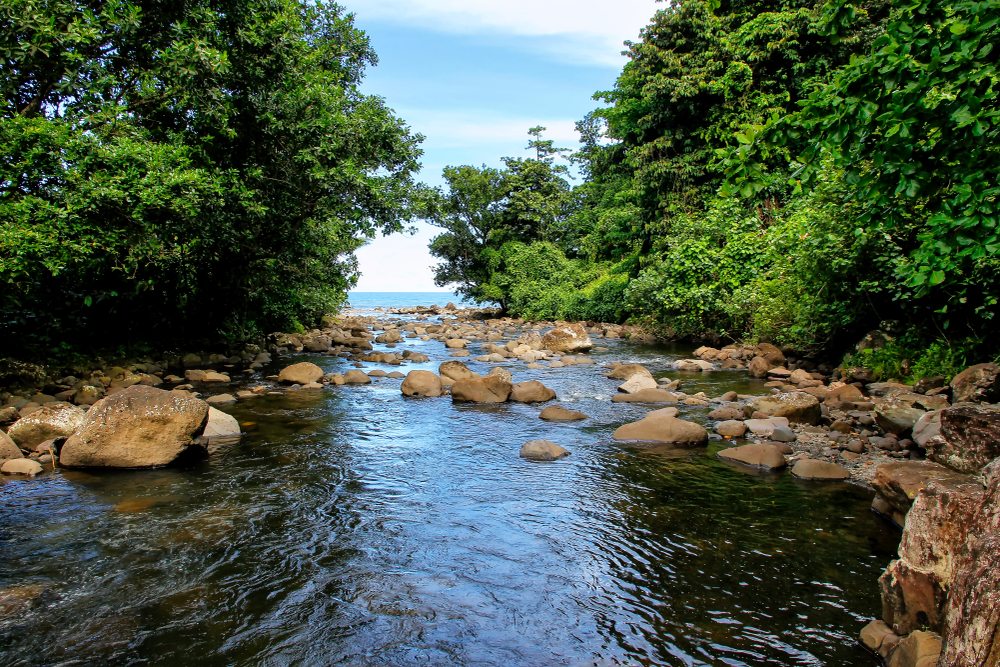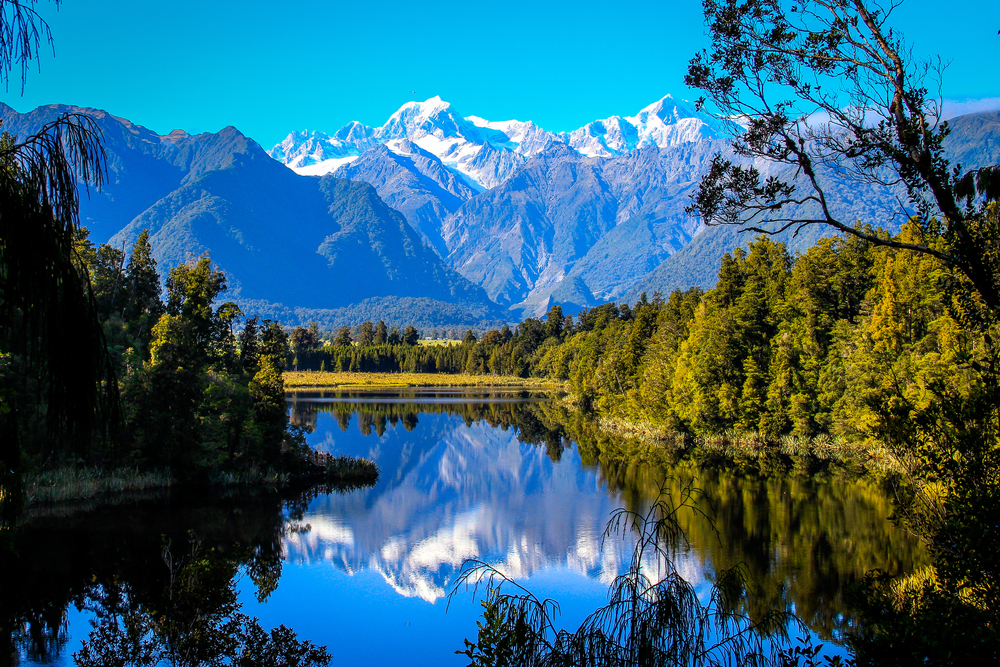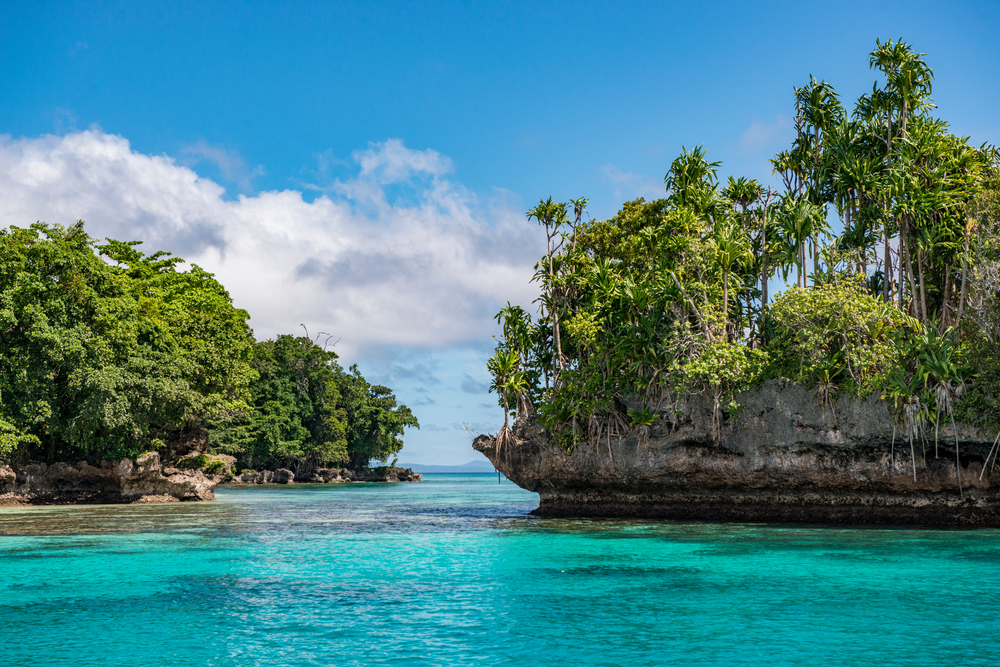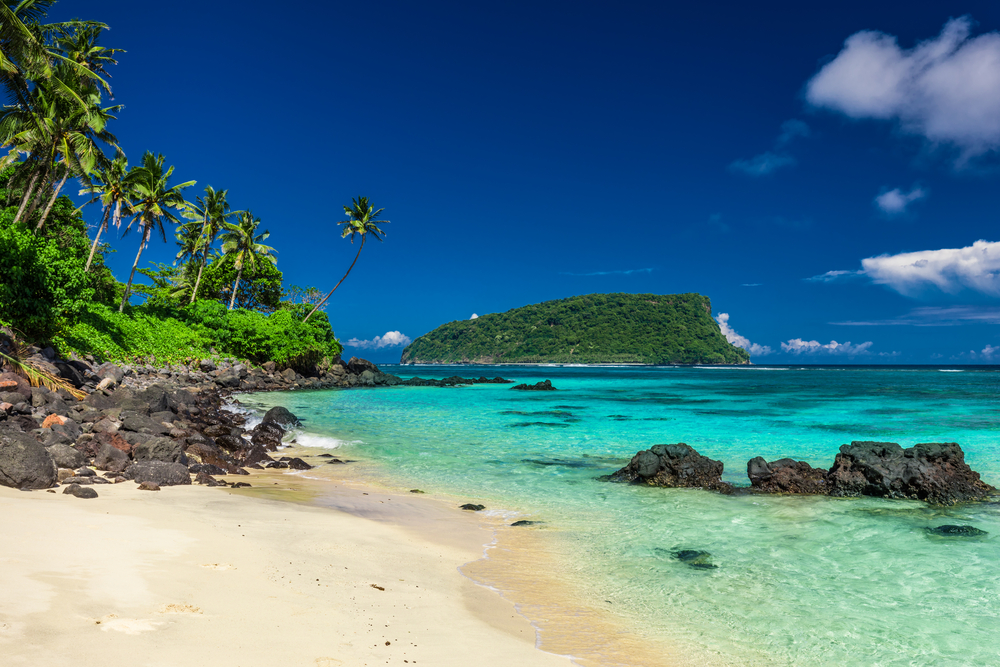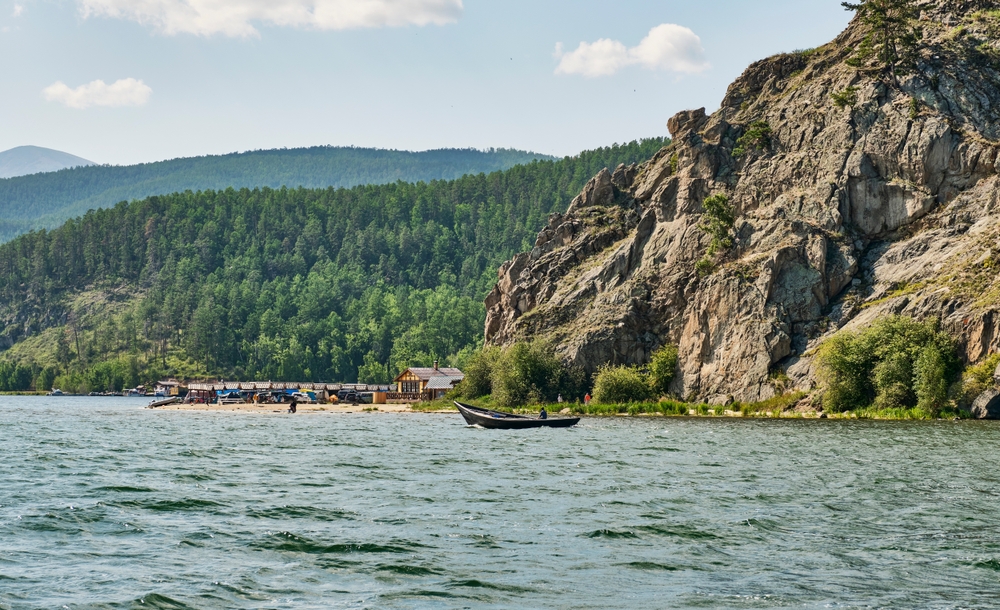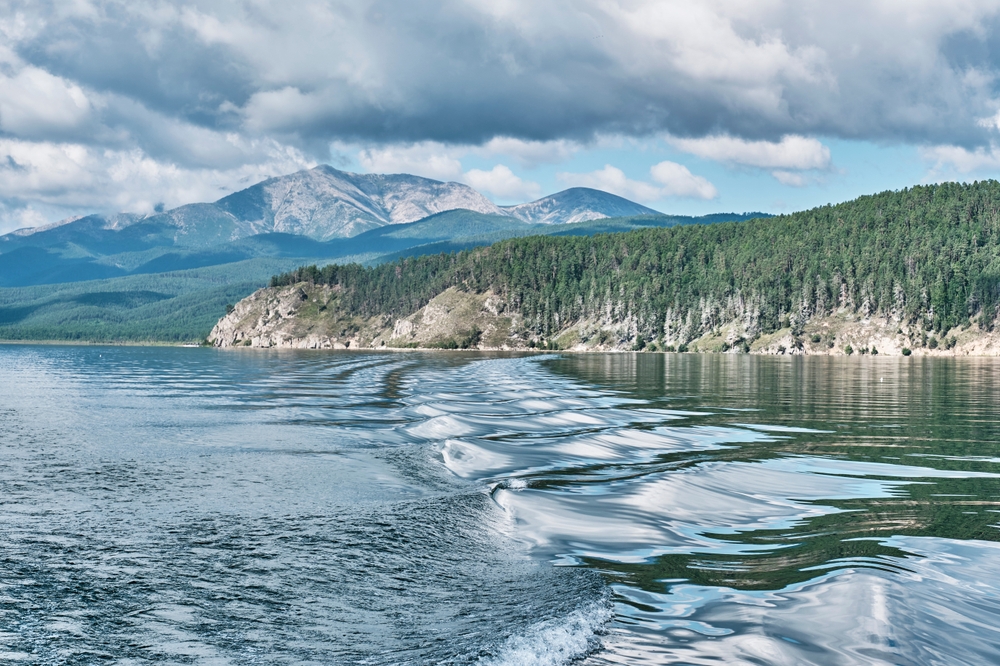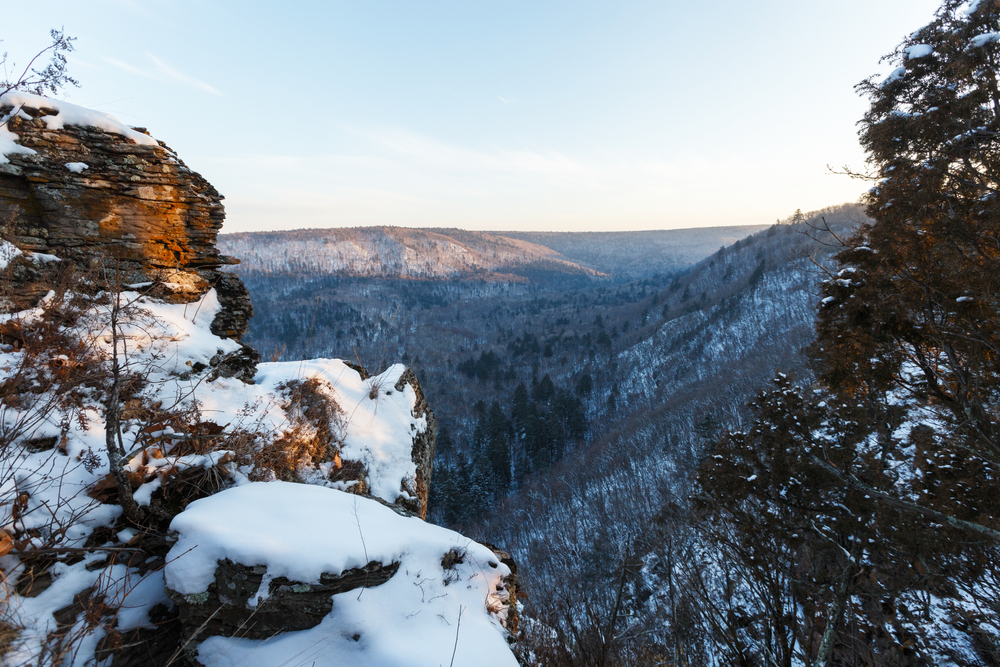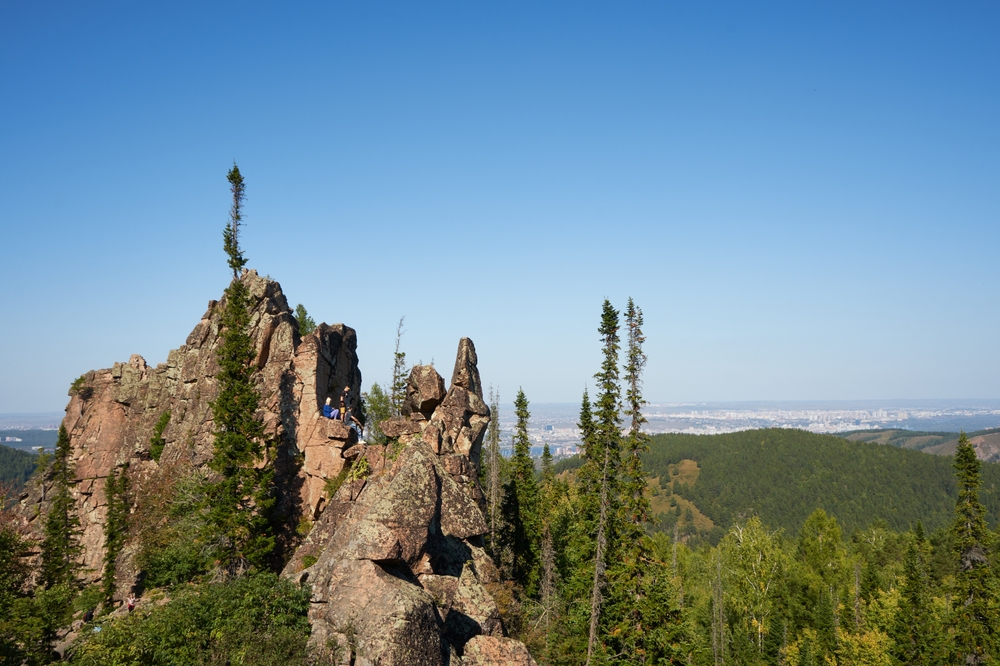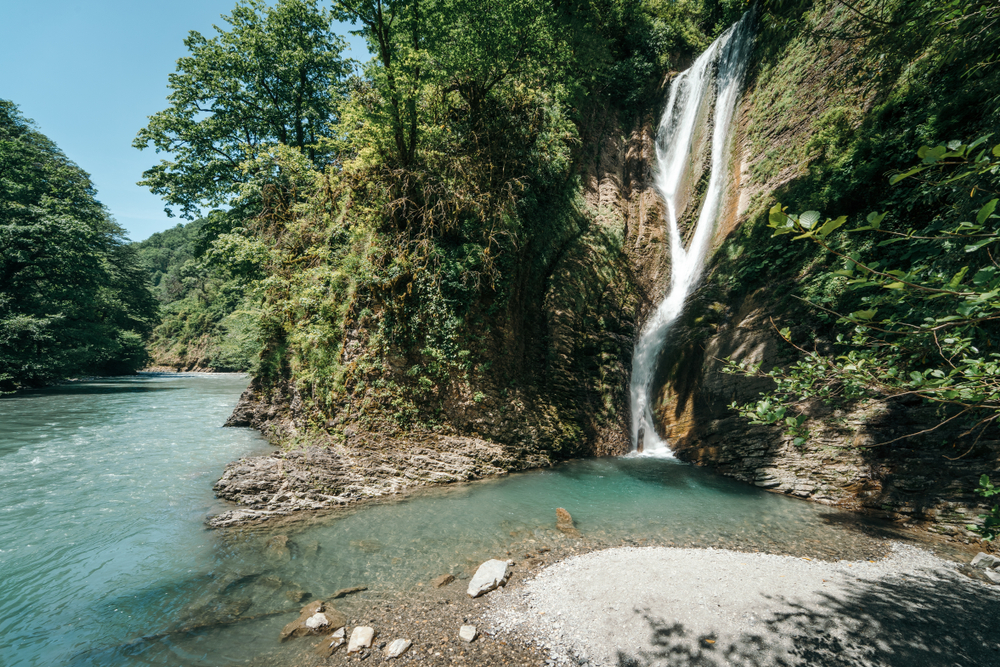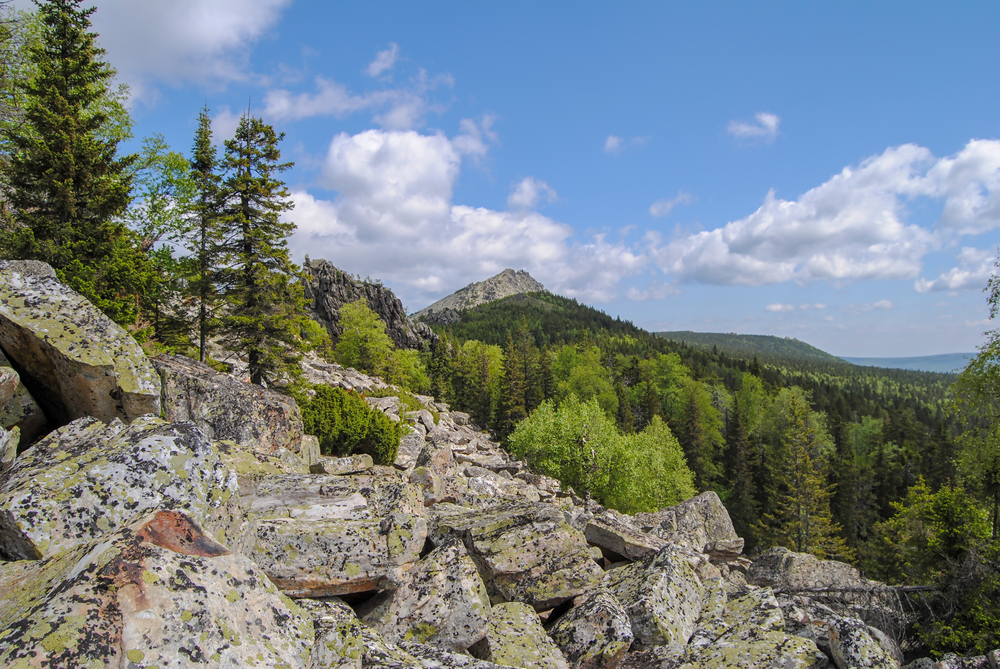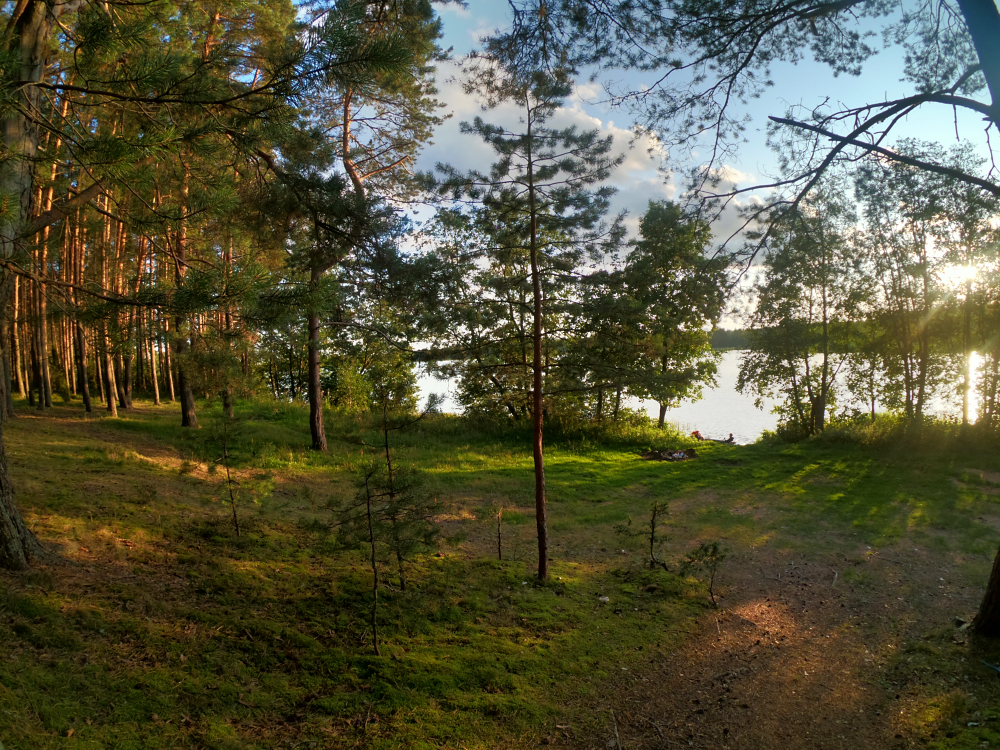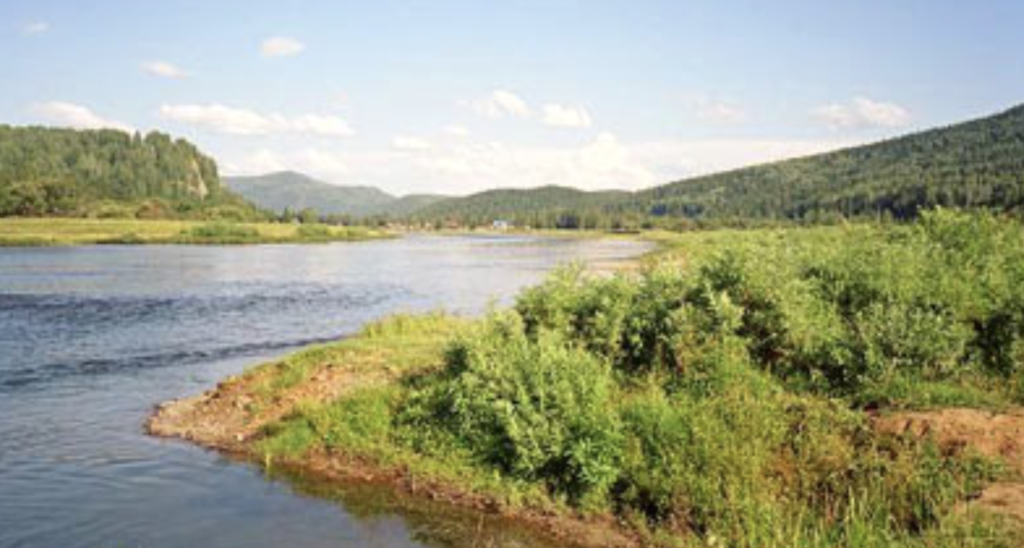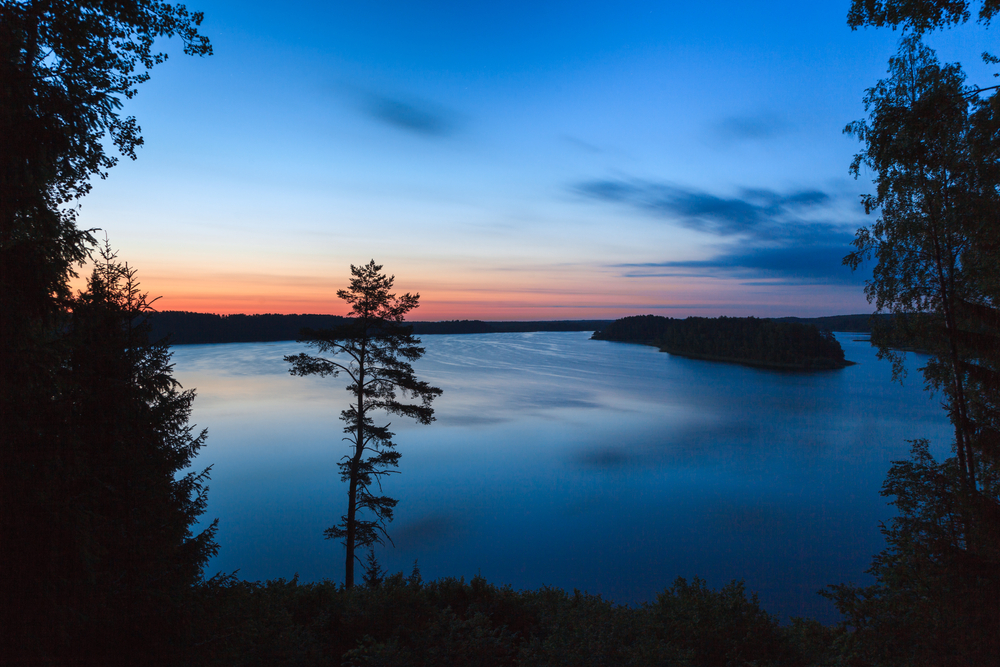Zabaikalsky Overview
Zabaikalsky National Park, located in southeastern Siberia, Russia, covers approximately 1,795 square miles (4,650 square kilometers). It is situated along the eastern shore of Lake Baikal, the world’s deepest and oldest freshwater lake.
The park’s name derives from the region of Zabaikalye, meaning “beyond Baikal,” and in Russian, it is known as Забайкальский национальный парк. This vast protected area is characterized by its stunning combination of mountainous terrain, dense forests, and pristine lake shores, creating a striking natural landscape.
The park’s terrain consists of rugged mountain ranges, rolling hills, and deep river valleys, with the Barguzinsky and Ulan-Burgasy ranges forming prominent features. The Svyatoy Nos Peninsula, a defining element of the park, juts into Lake Baikal, offering dramatic cliffs and panoramic views of the surrounding waters.
The coastline of the lake is adorned with sandy beaches, rocky outcrops, and small bays, while numerous rivers and streams flow through the park, contributing to the lake’s hydrology. Vegetation is diverse, ranging from larch and pine forests to alpine meadows and tundra at higher elevations. The taiga forest dominates much of the landscape, featuring Siberian pine, fir, and birch, which provide habitat for a wide array of wildlife.
The park is home to an impressive variety of wildlife, making it a key area for biodiversity conservation in the Baikal region. Large mammals such as brown bears, Siberian roe deer, moose, and red foxes roam the forests, while lynx and sable thrive in the more remote, less-traveled areas.
The elusive Baikal seal, one of the only freshwater seal species in the world, can be seen resting on the shores or swimming in the clear waters of the lake. Birdwatchers can spot numerous avian species, including golden eagles, white-tailed sea eagles, and various waterfowl that frequent the park’s wetlands and lake shores. The mix of aquatic and terrestrial ecosystems supports a rich diversity of life, contributing to the park’s ecological significance.
Visitors to Zabaikalsky National Park are drawn to its scenic beauty, unique geological features, and opportunities for outdoor exploration. The Svyatoy Nos Peninsula is particularly popular for hiking, offering trails that lead to breathtaking viewpoints overlooking Lake Baikal. The Ushkanyi Islands, within the park’s boundaries, provide a sanctuary for Baikal seals and are a prime destination for eco-tourists interested in wildlife observation.
Kayaking and boating along the lake’s shoreline allow visitors to experience the tranquility and grandeur of the park from the water. In the winter, the frozen lake becomes a striking landscape of ice formations, attracting adventurous travelers for ice trekking and snowmobiling. Fishing is also a favored activity, with Lake Baikal being home to endemic fish species such as the omul.
Conservation efforts in Zabaikalsky National Park focus on protecting its fragile ecosystems and the species that inhabit them. The preservation of Lake Baikal’s water quality is a priority, as pollution and climate change pose ongoing challenges to the region.
The park’s management actively engages in habitat restoration, scientific research, and eco-tourism initiatives that support conservation while providing sustainable visitor experiences.
Efforts to curb illegal poaching and fishing are also in place, ensuring the protection of the unique wildlife found in this pristine wilderness. With a balance of strict environmental protection and responsible tourism, Zabaikalsky National Park remains a vital refuge for Siberian nature.


